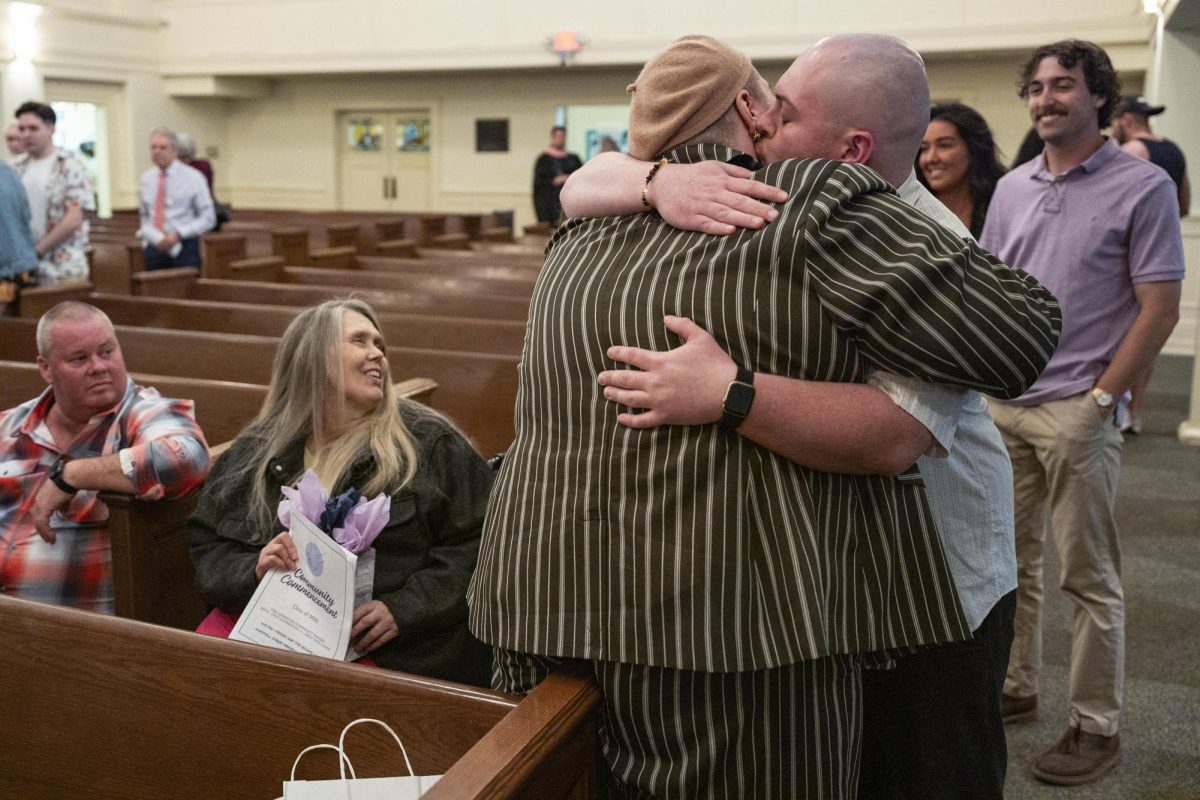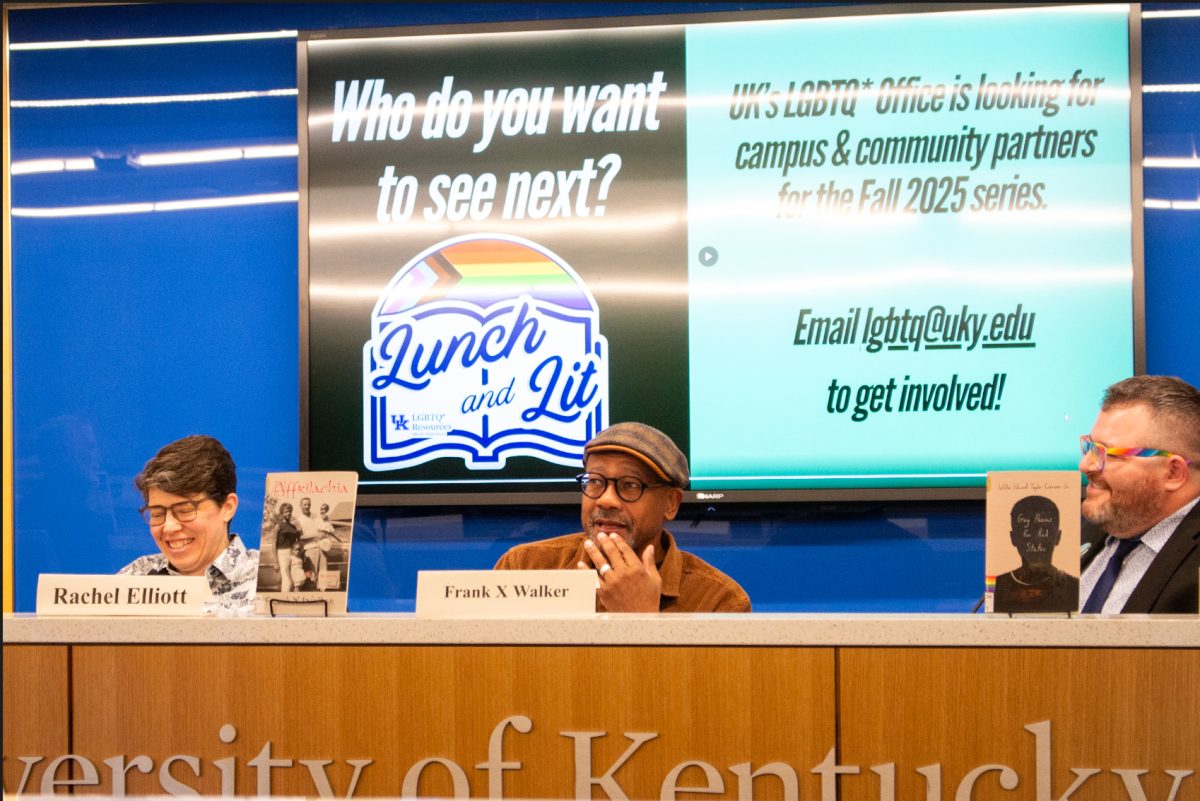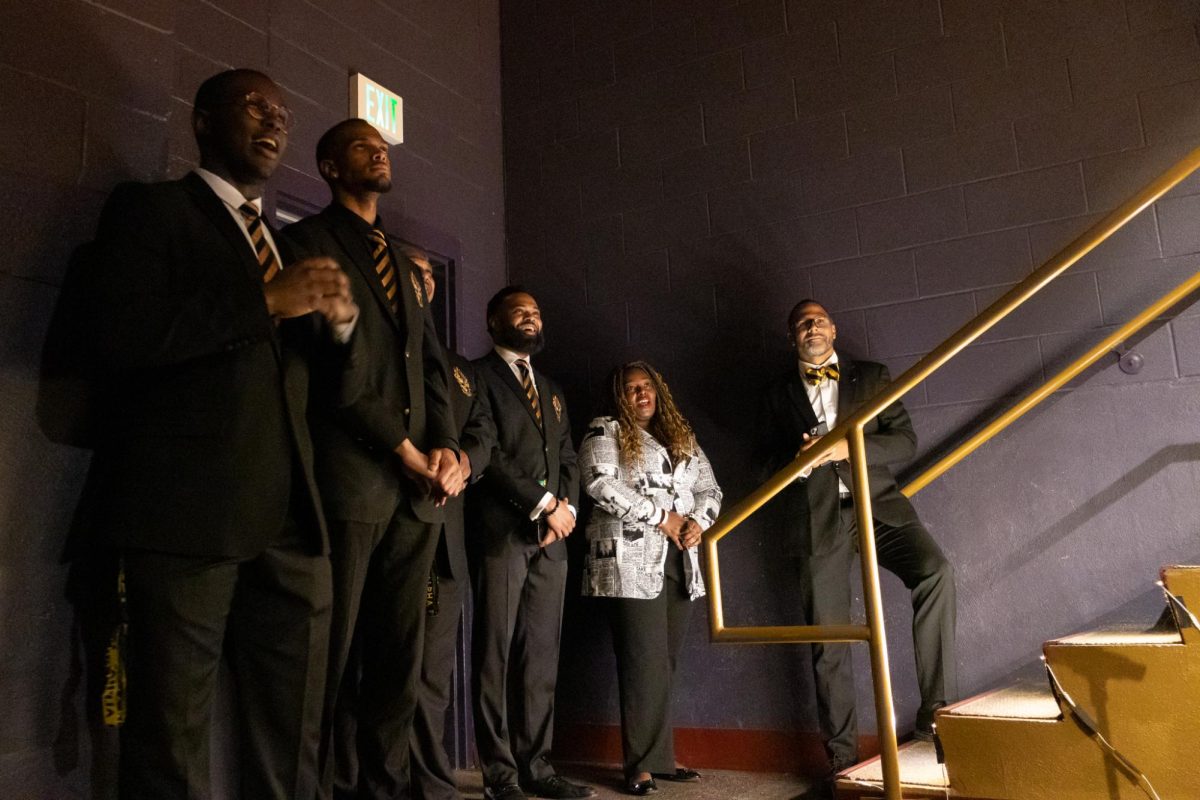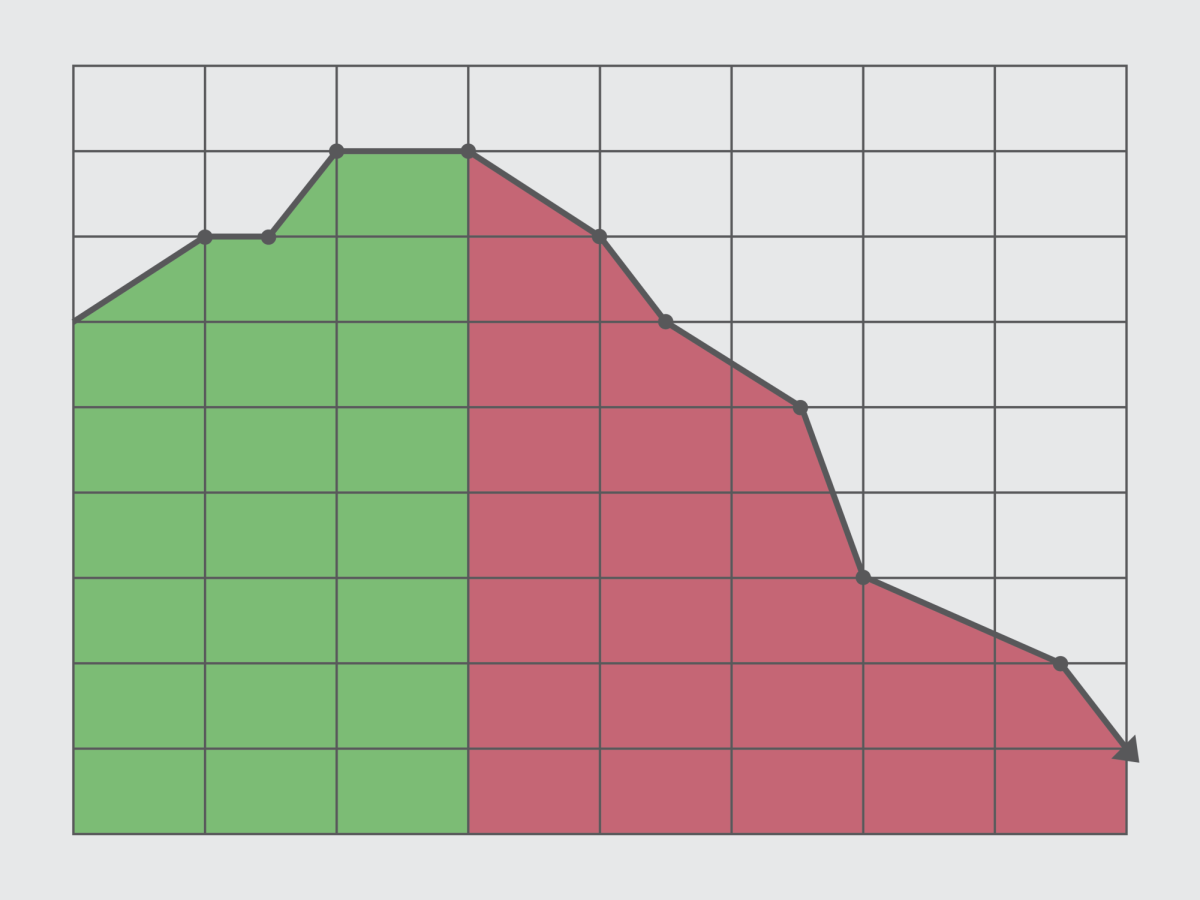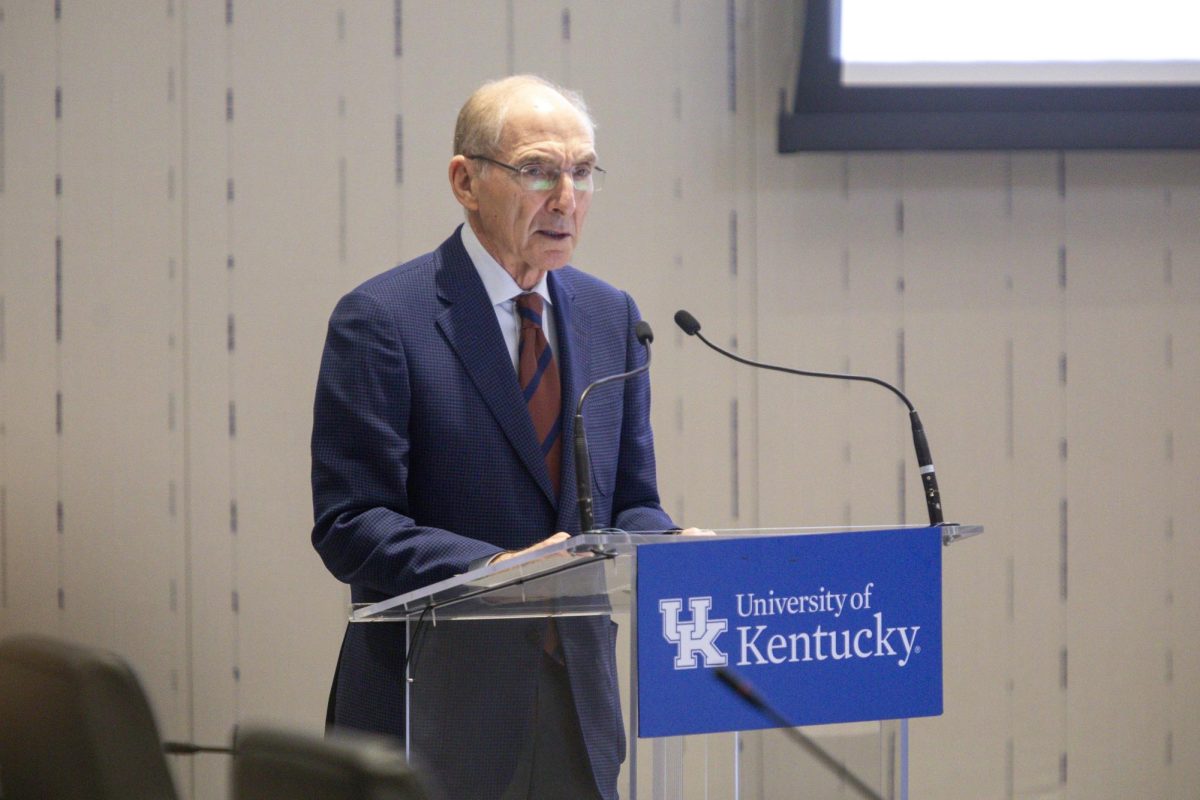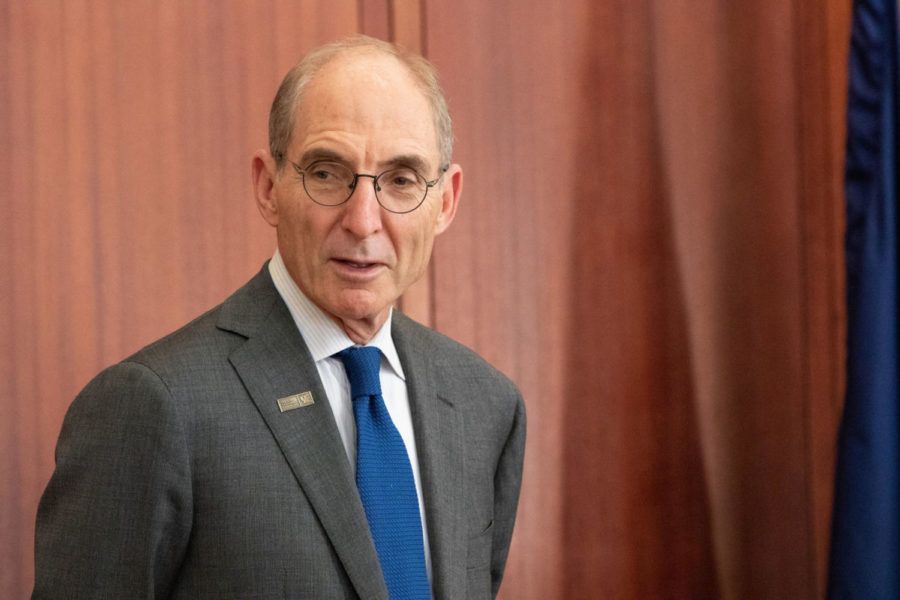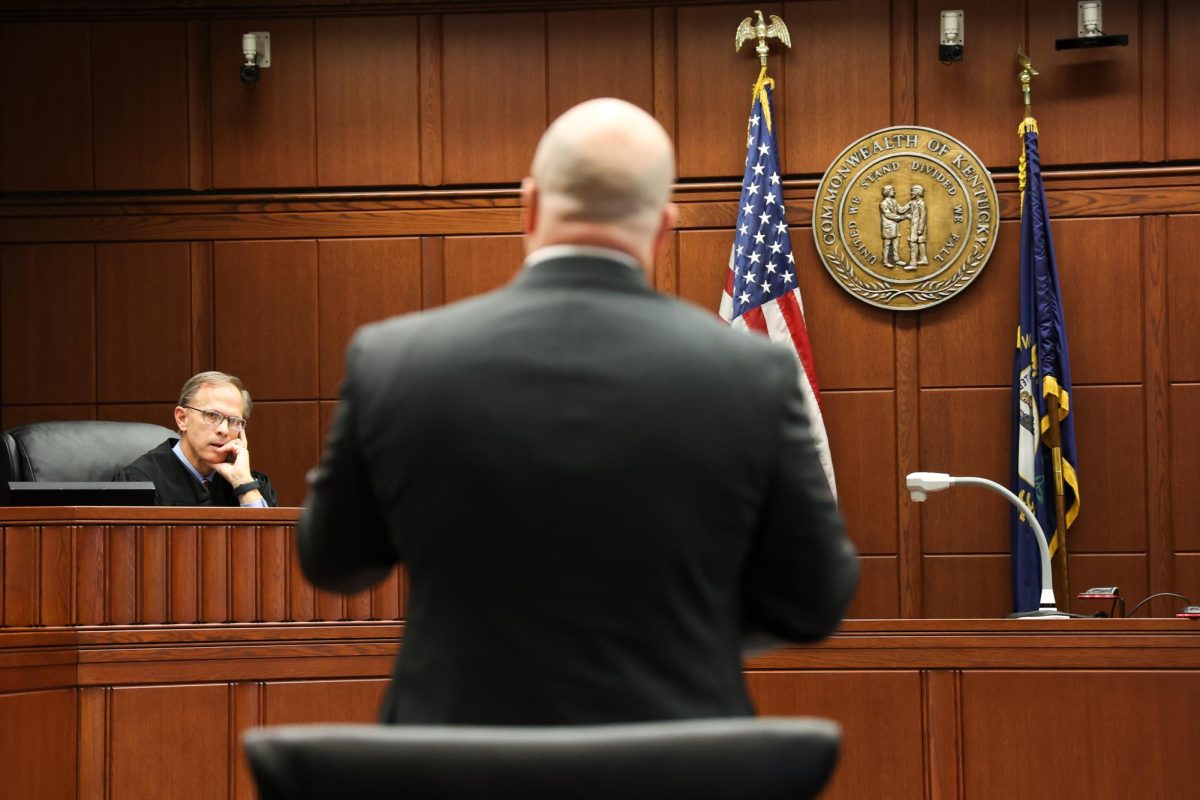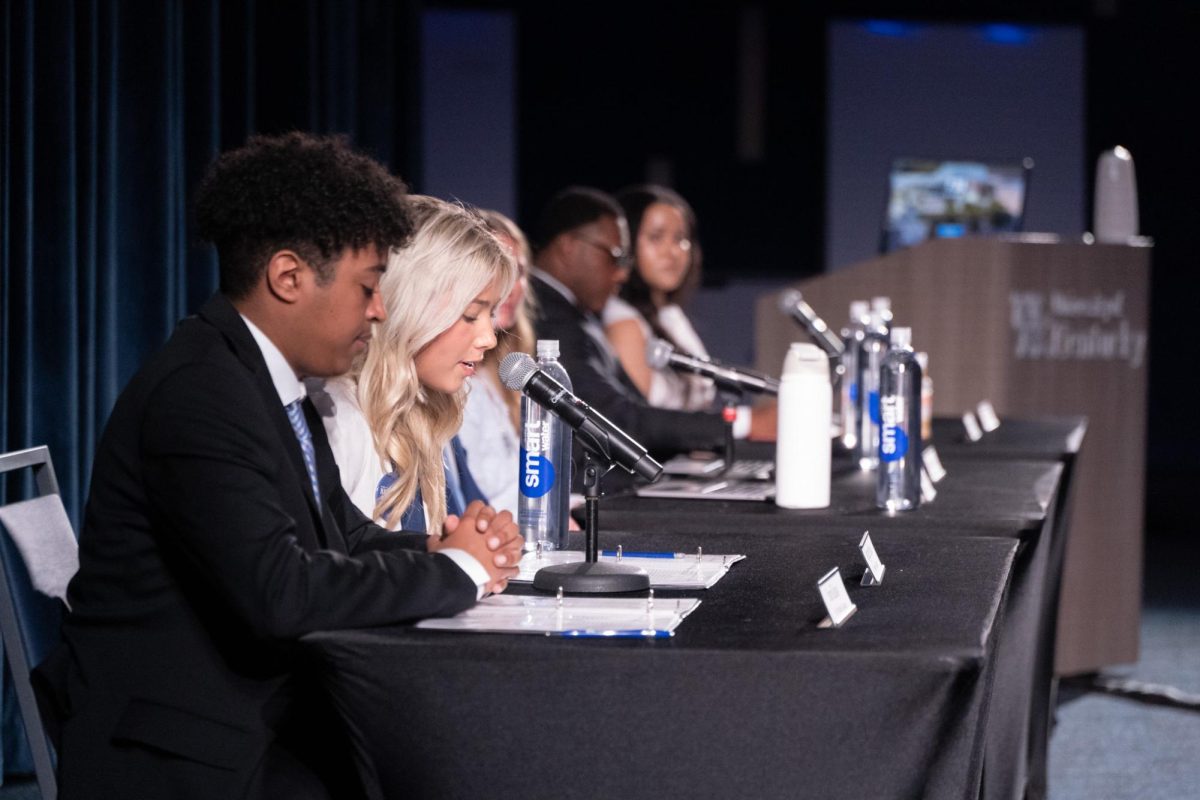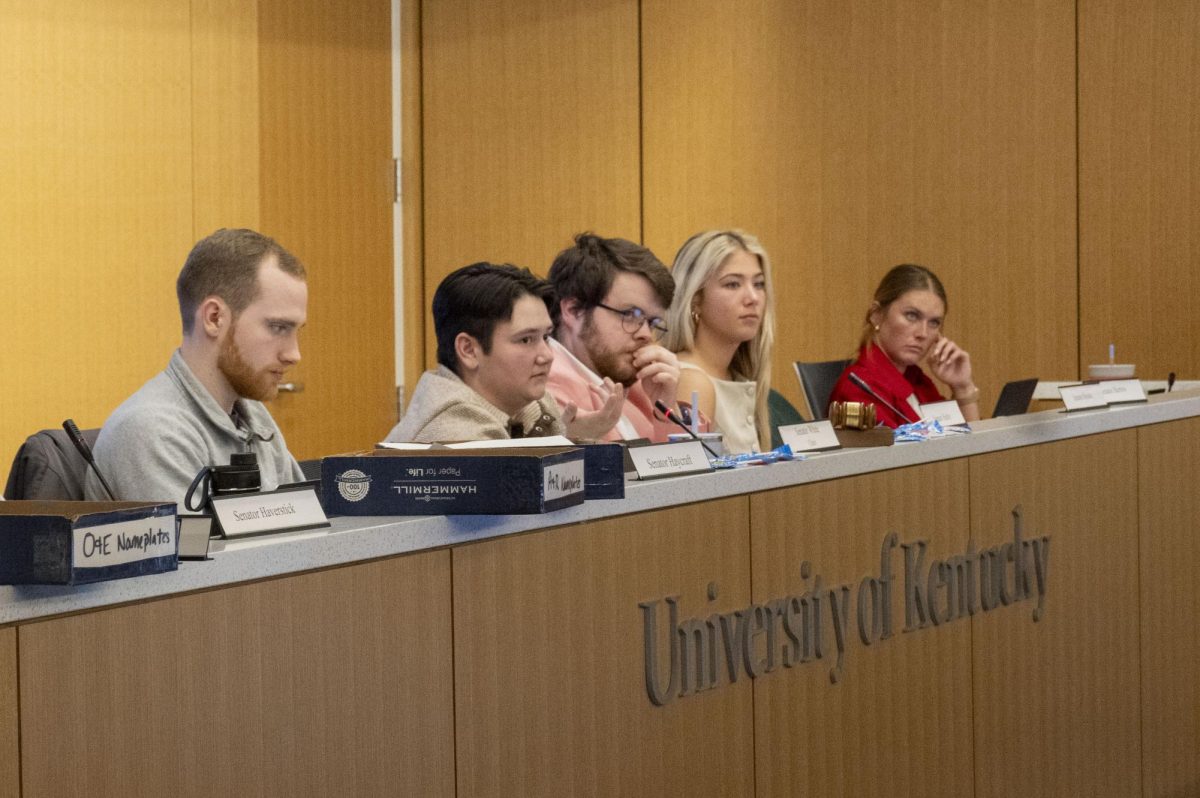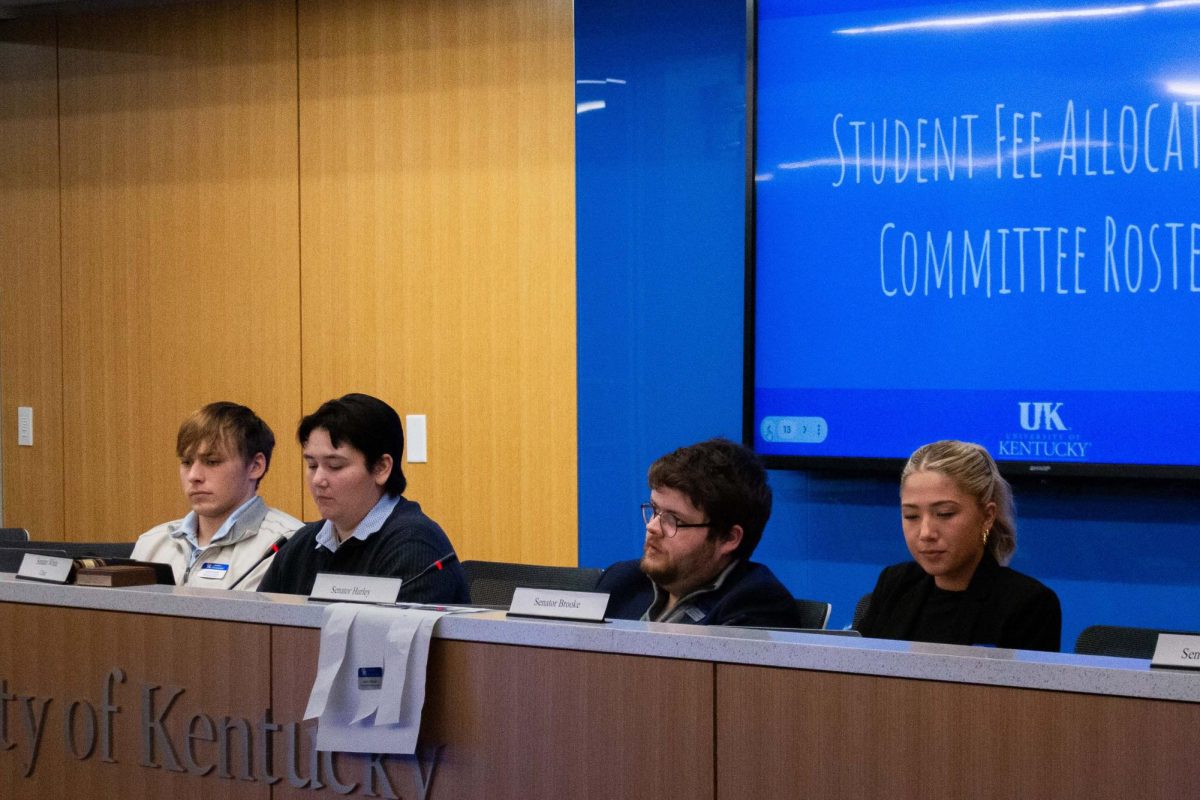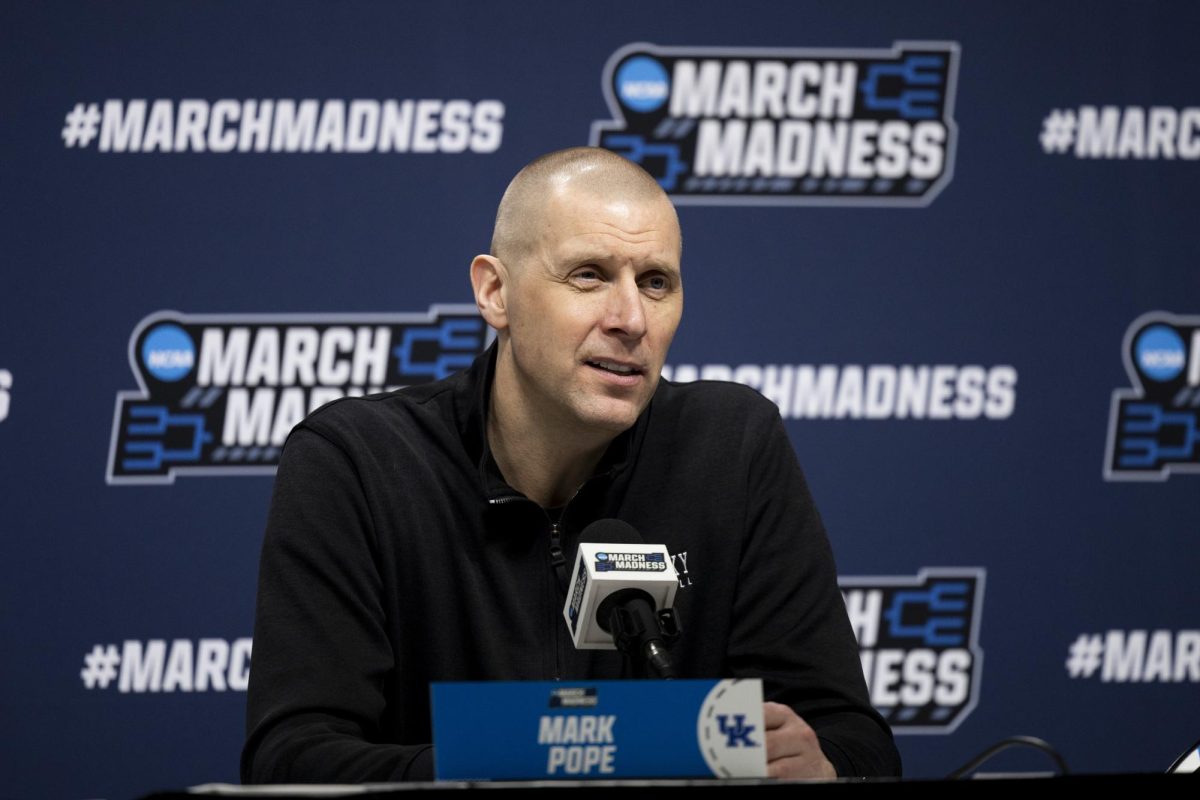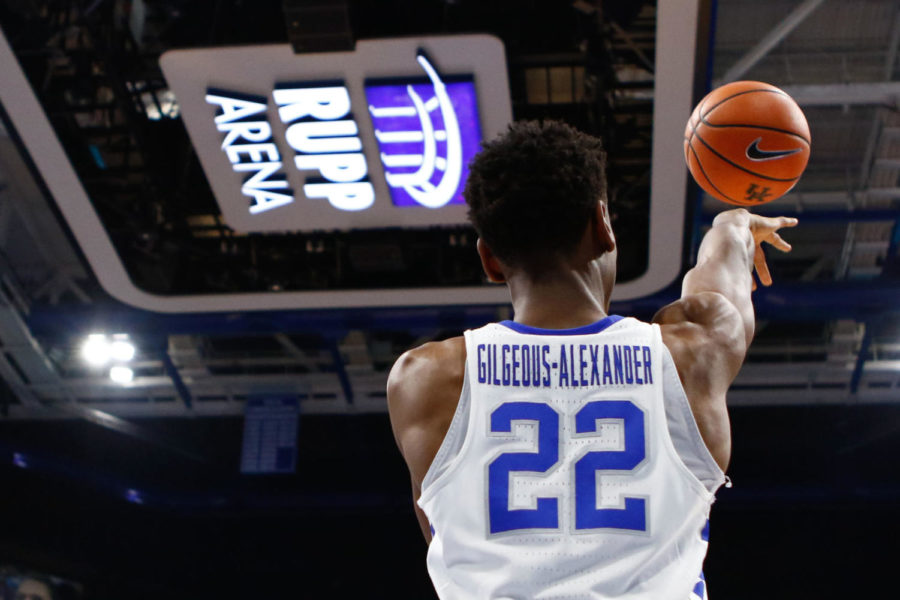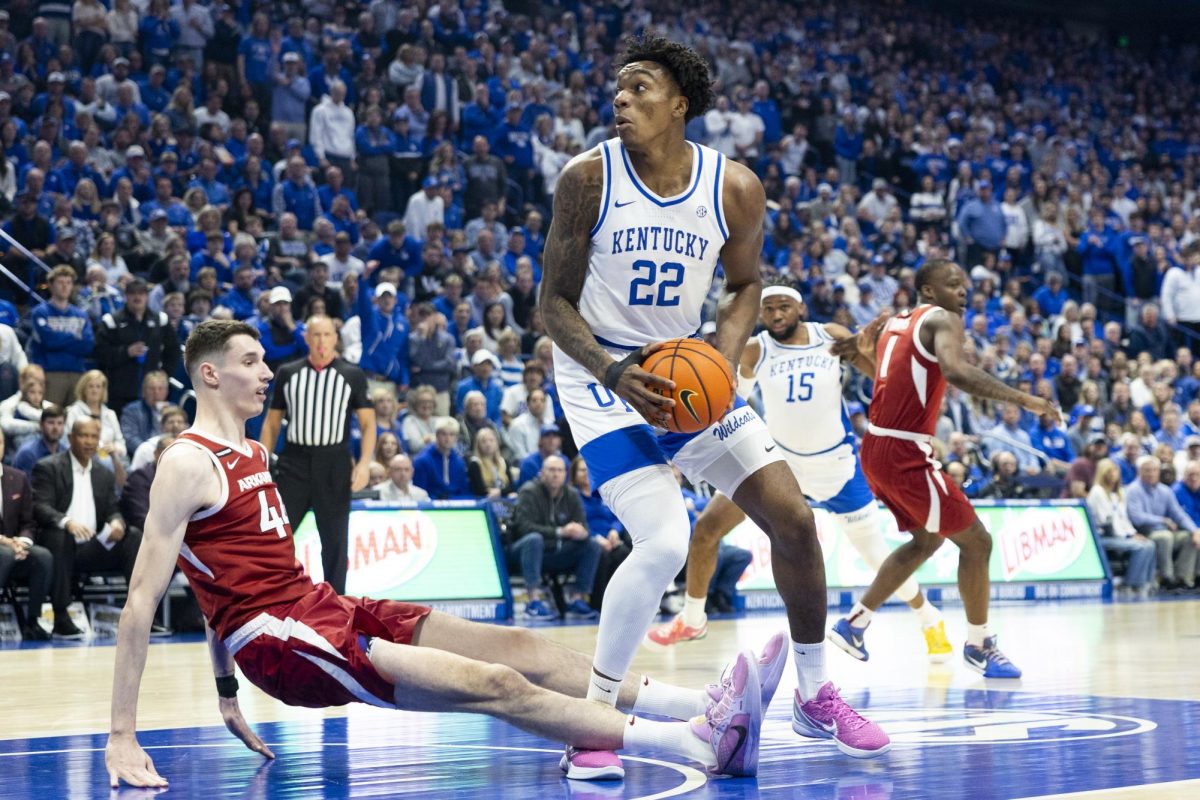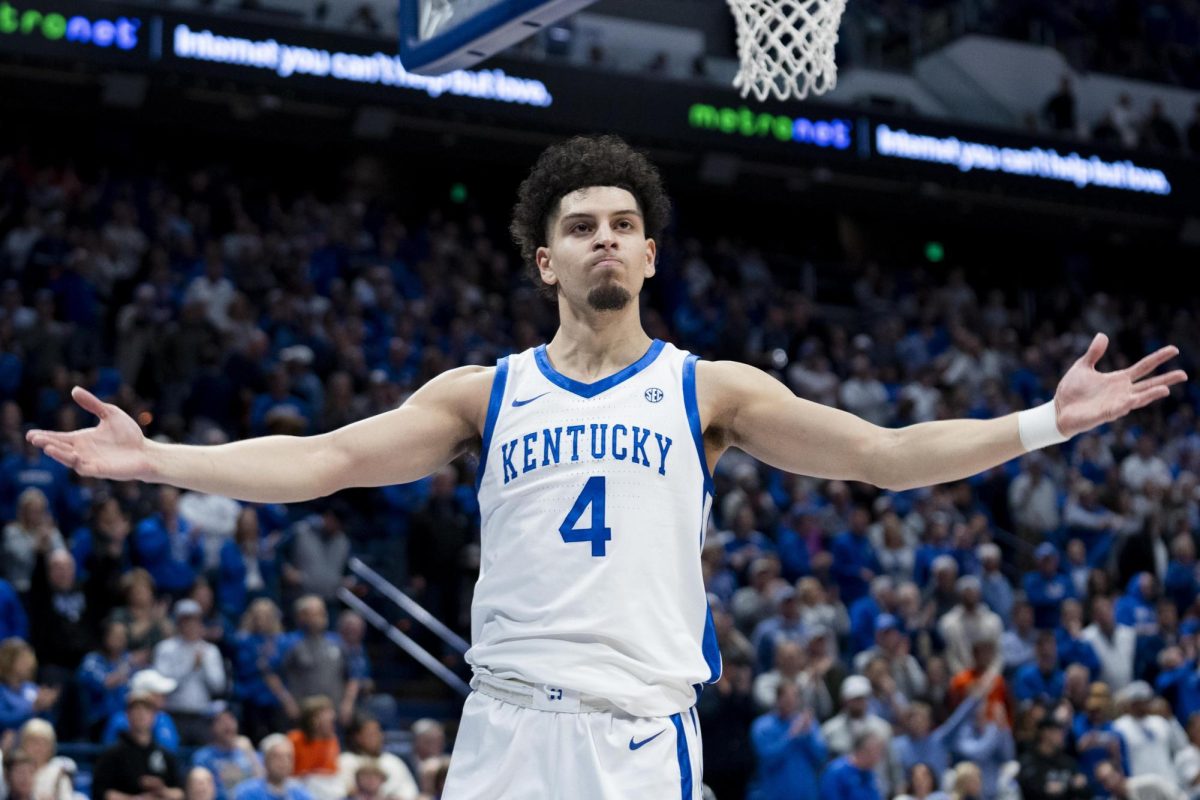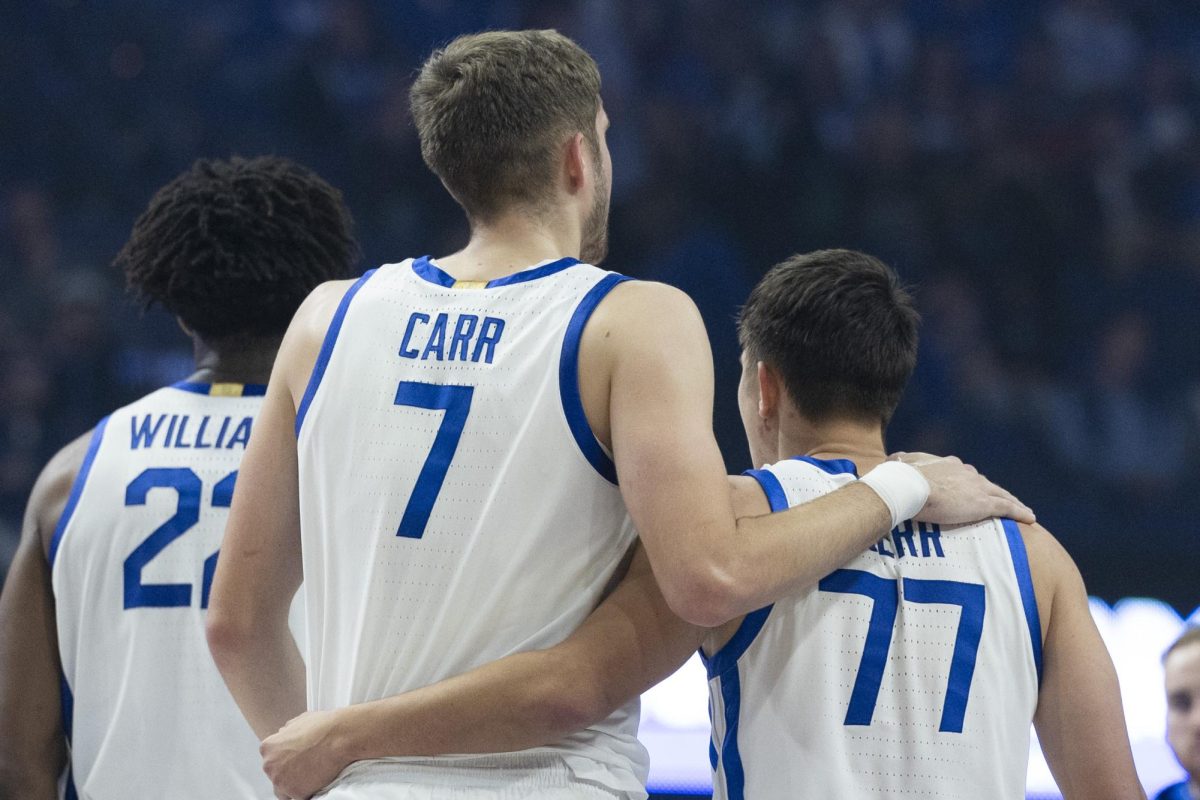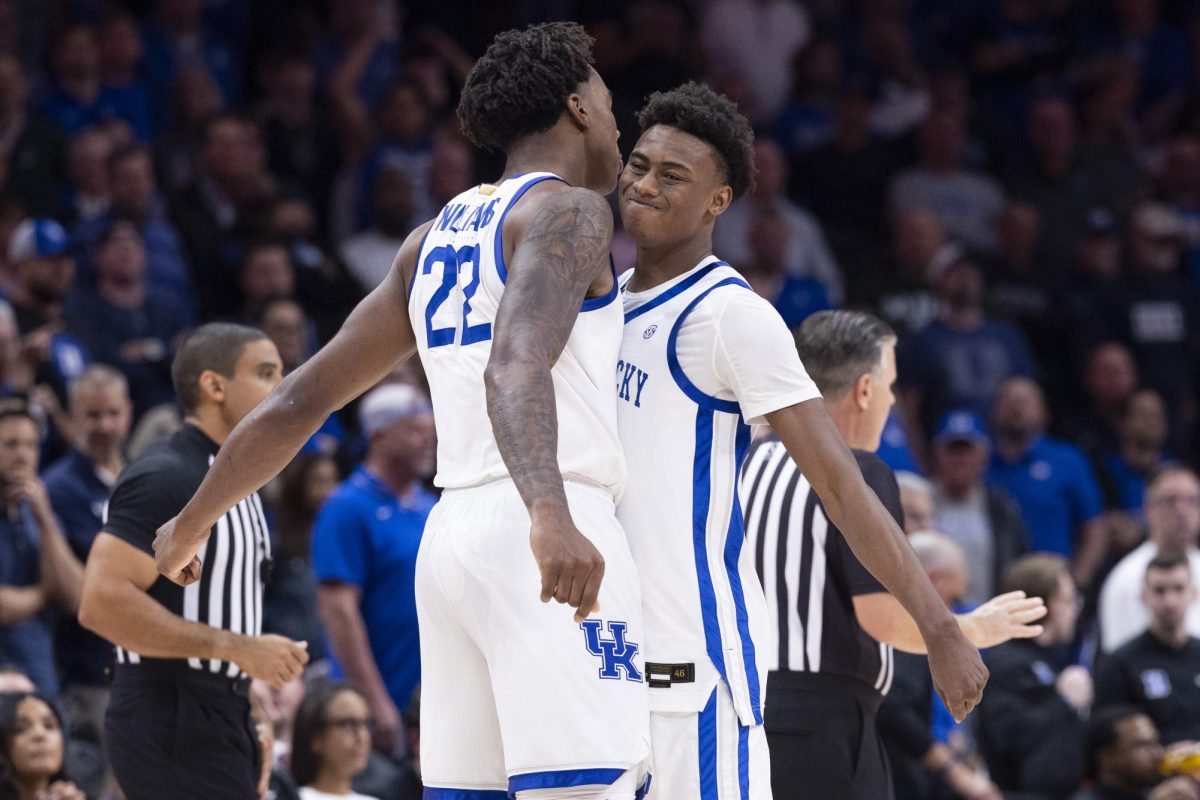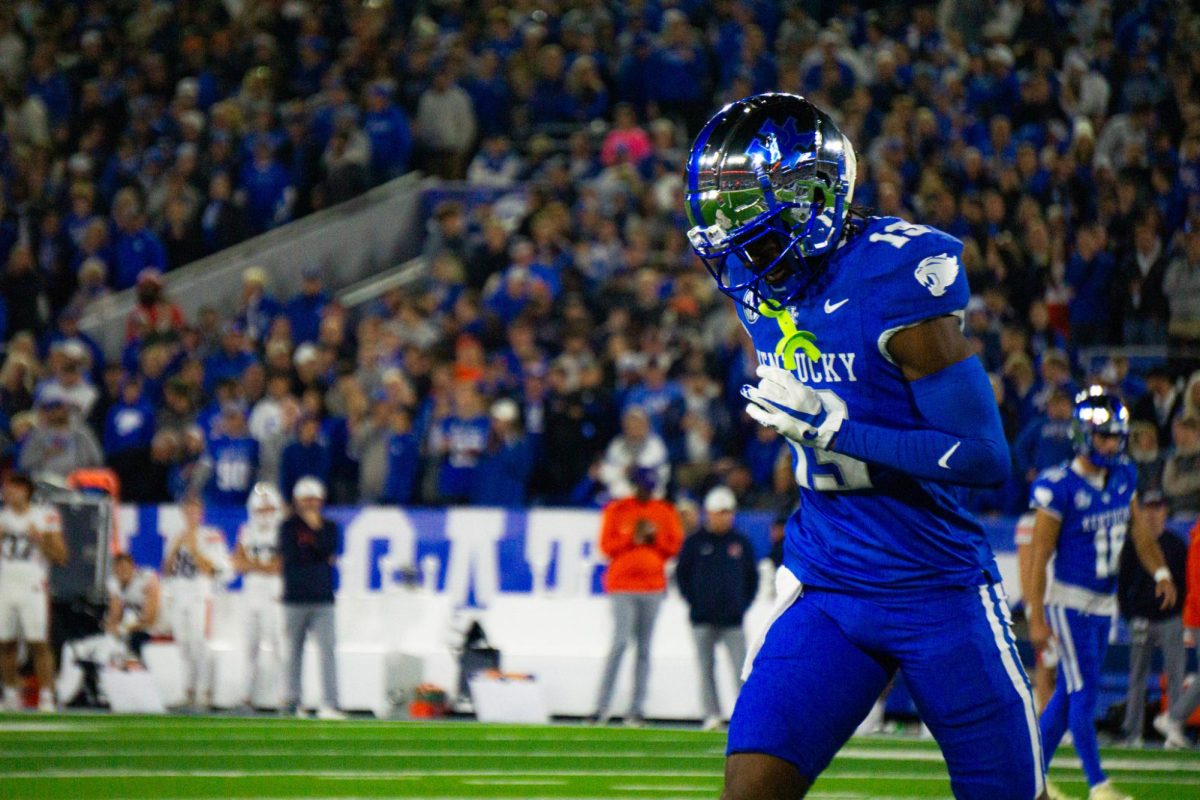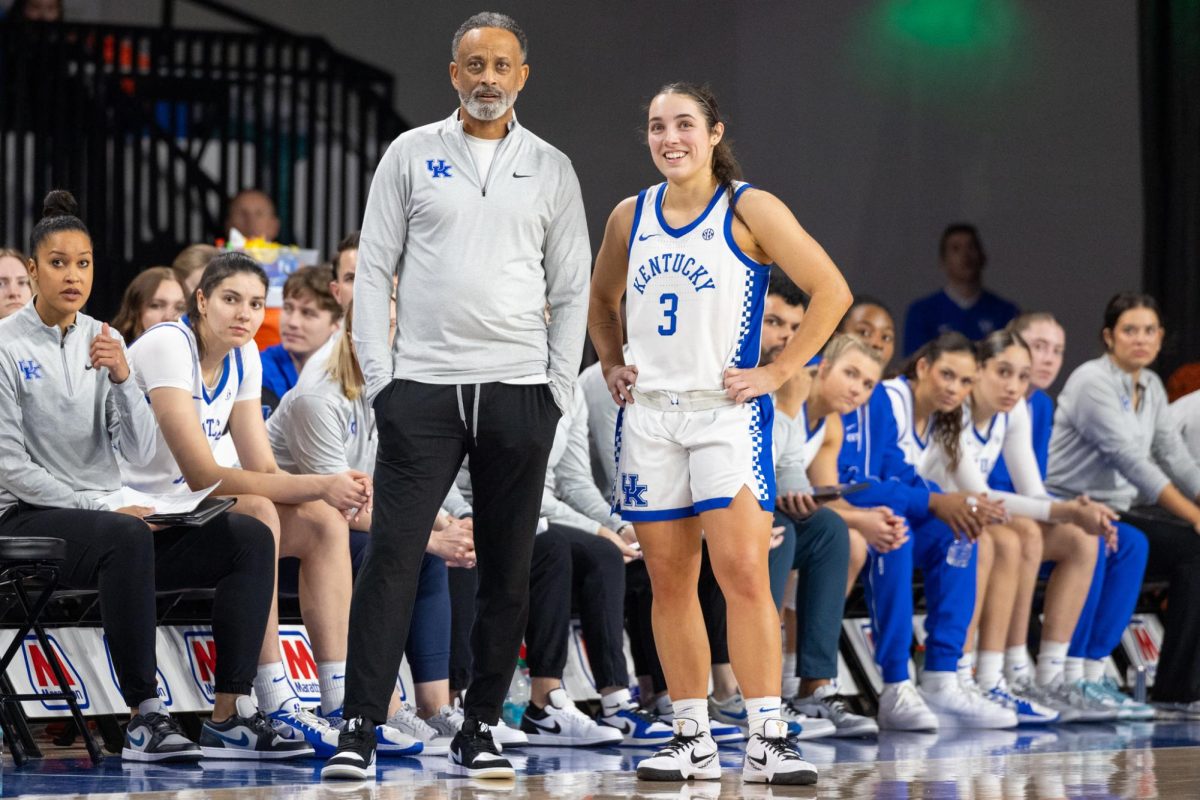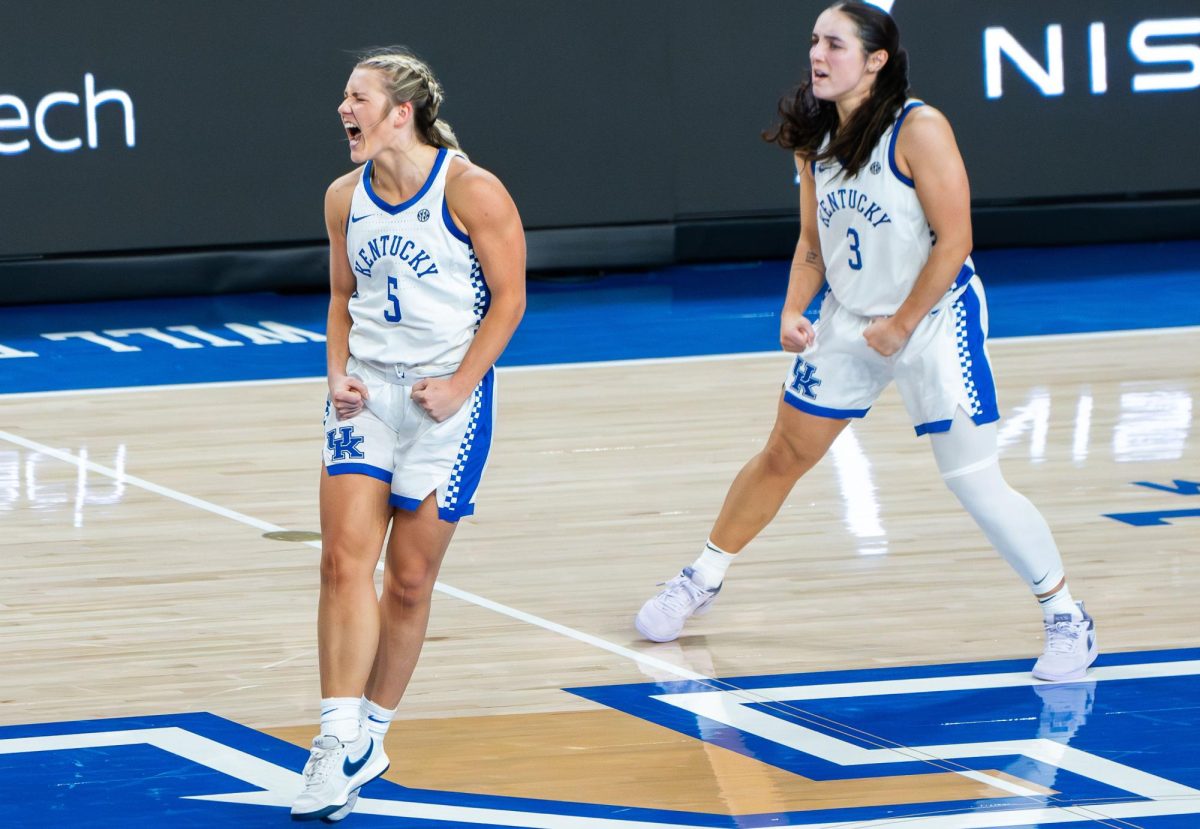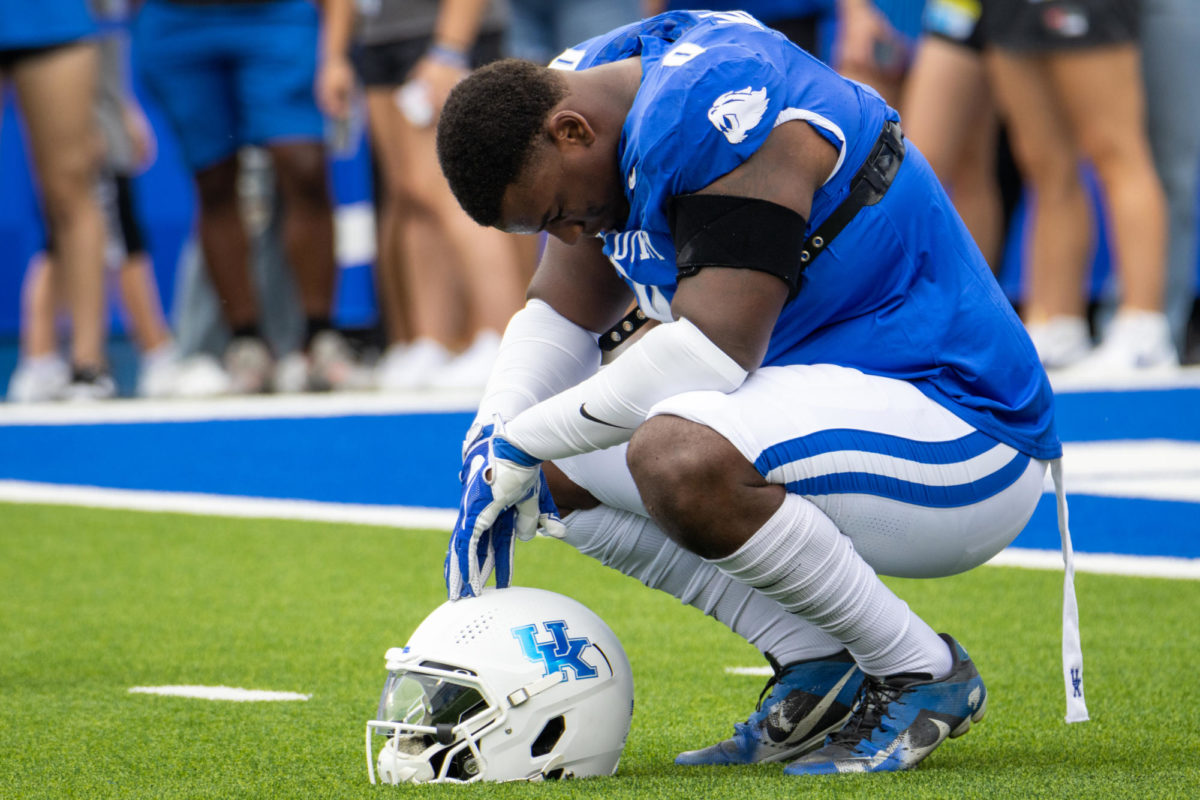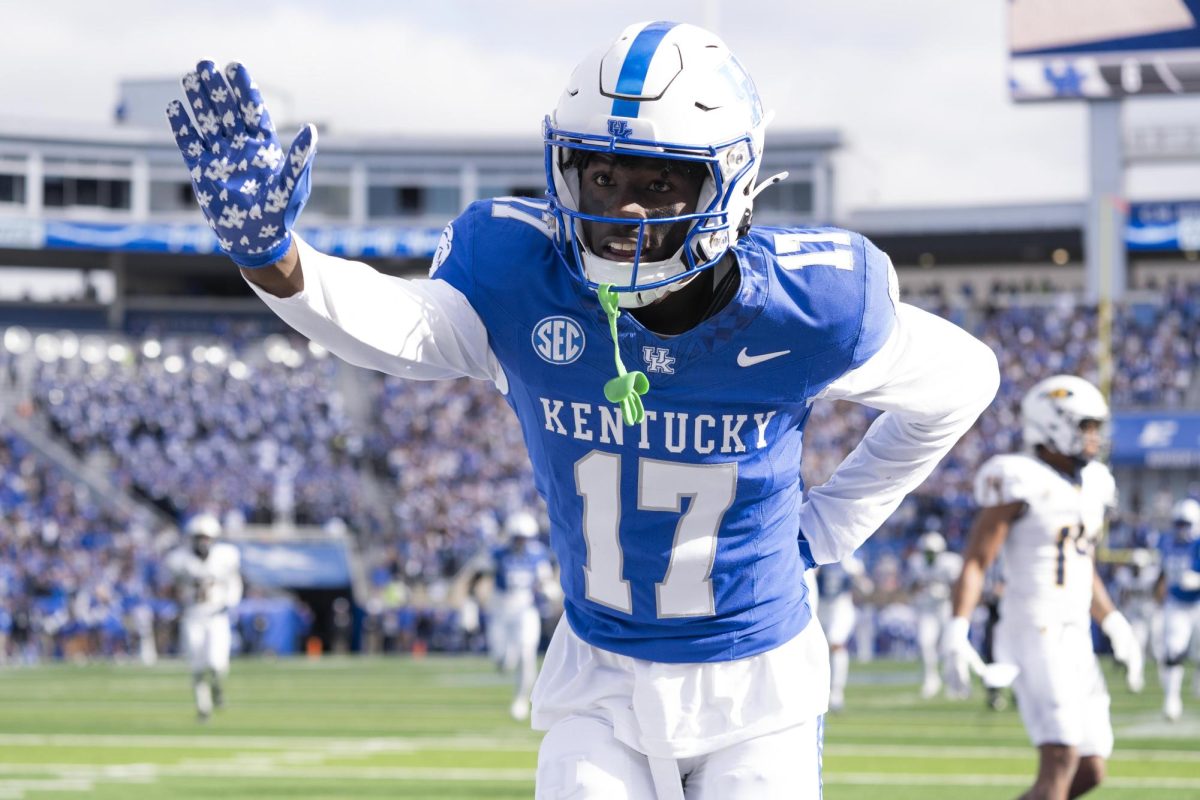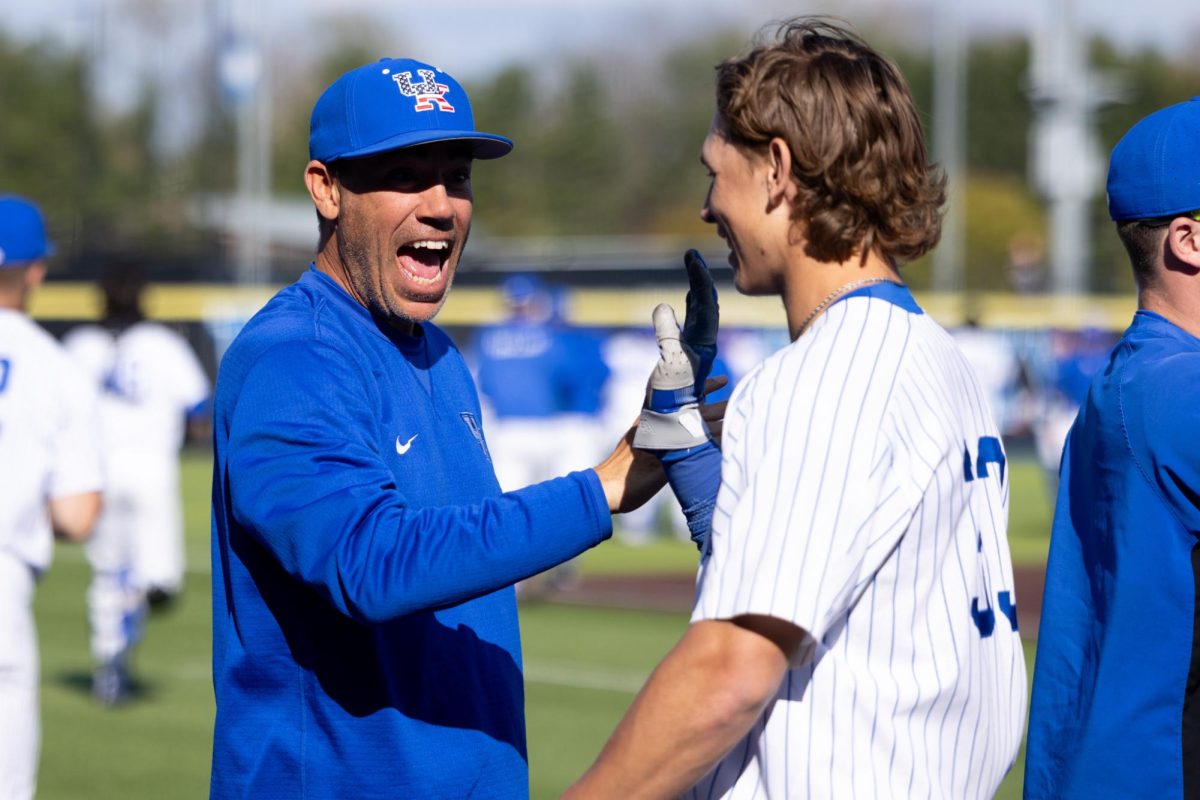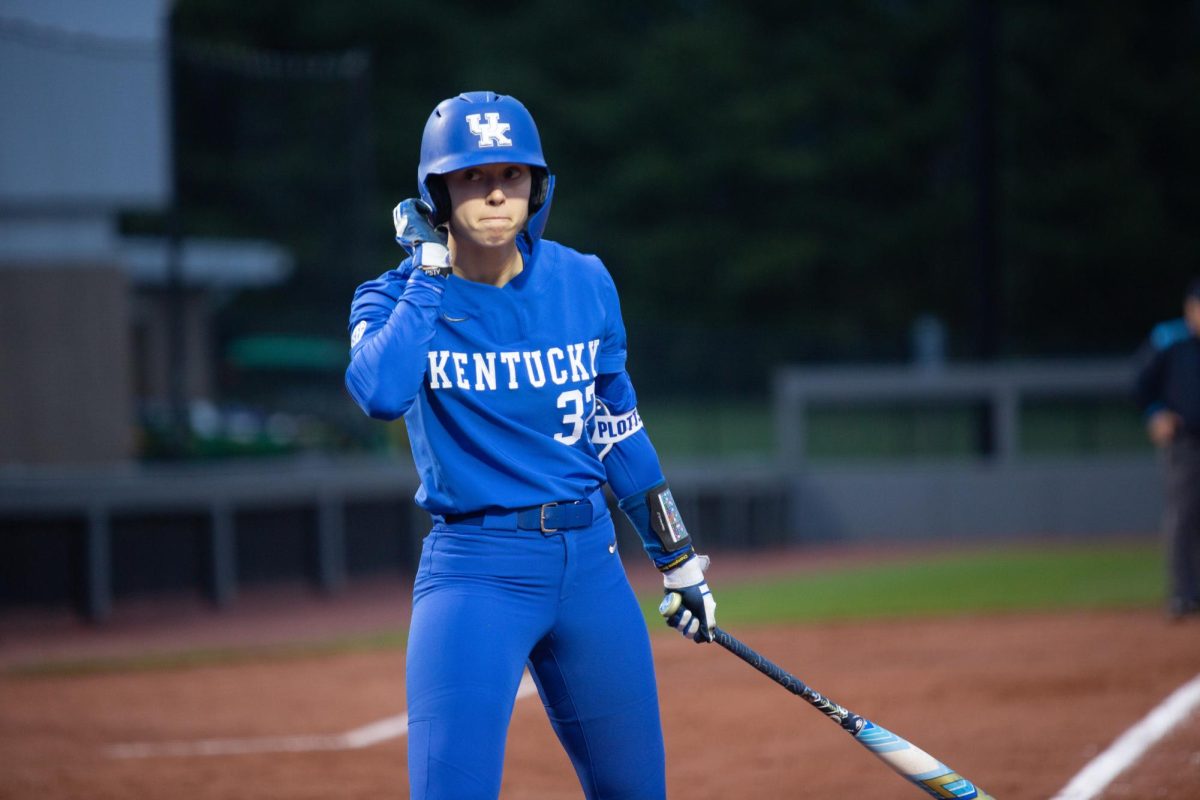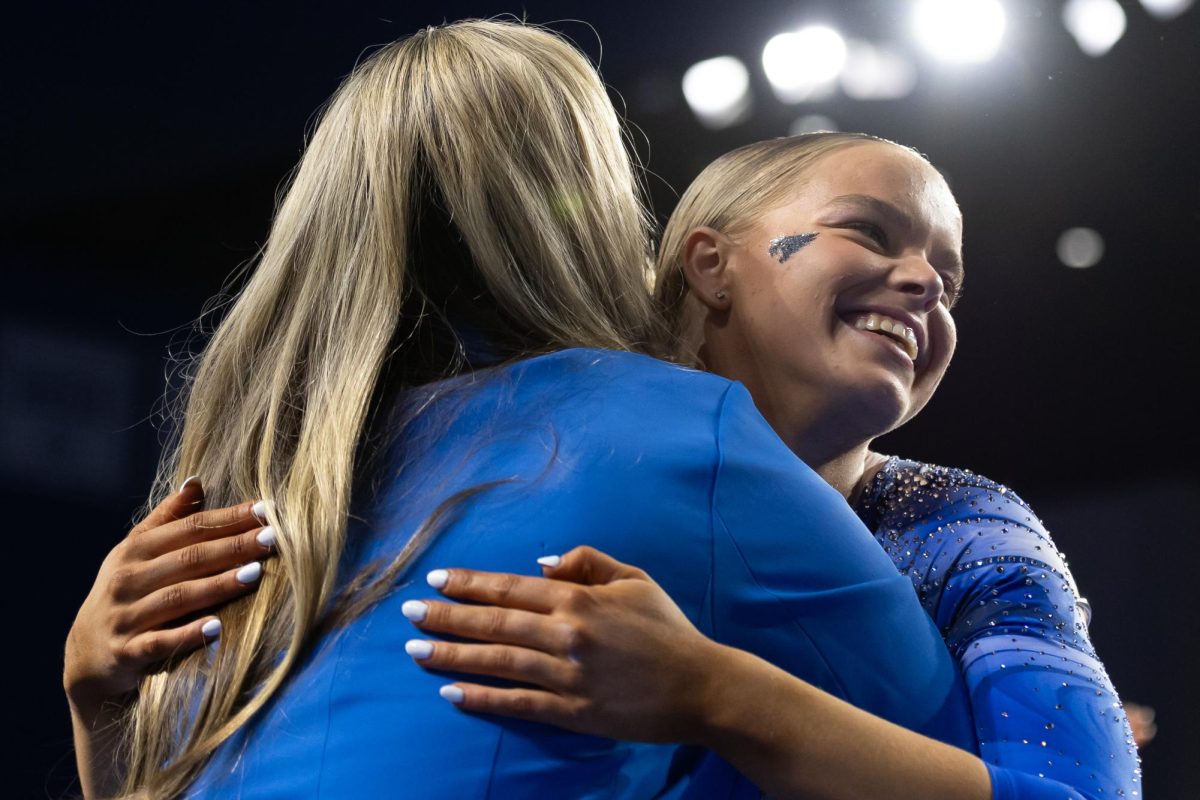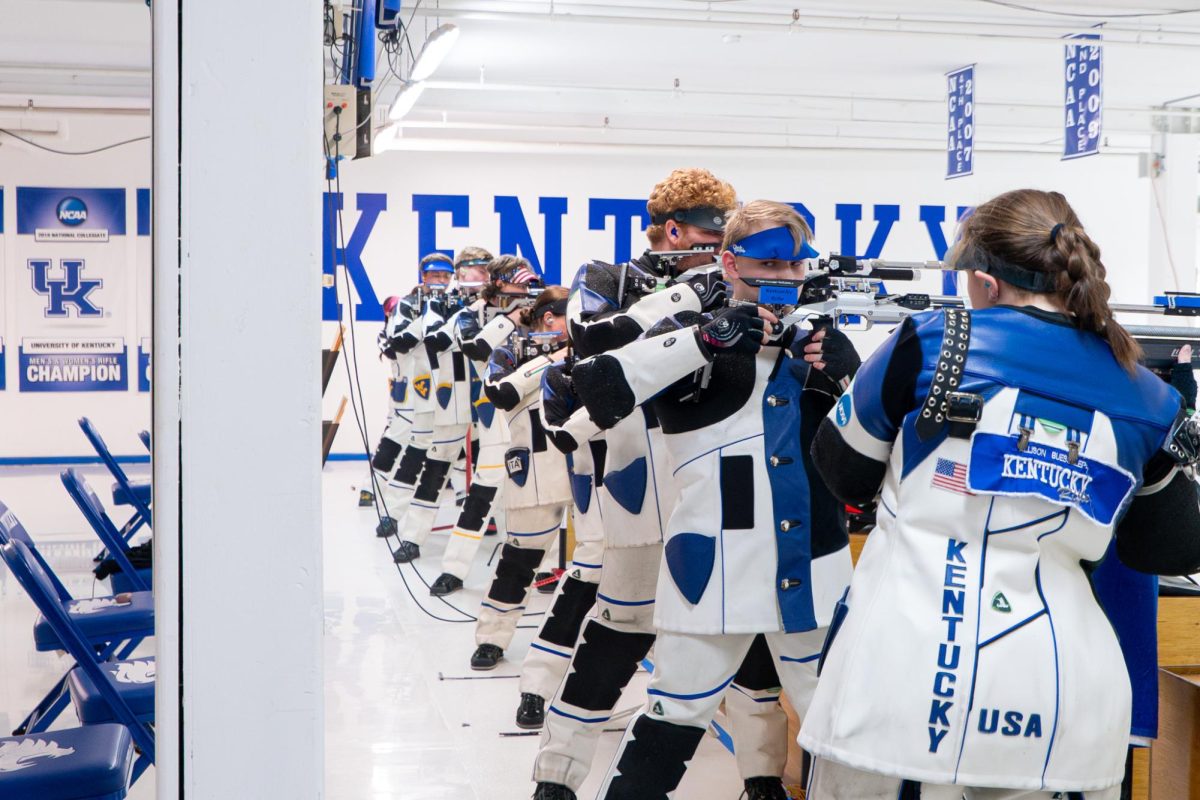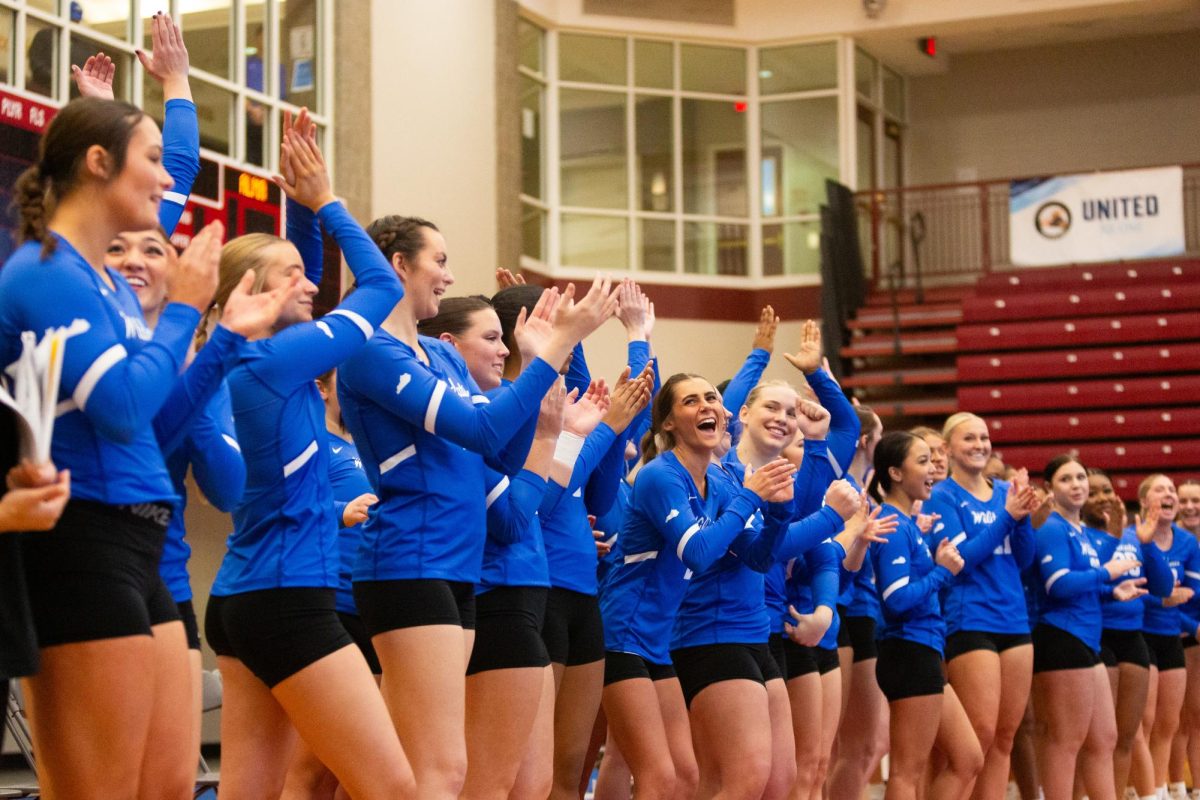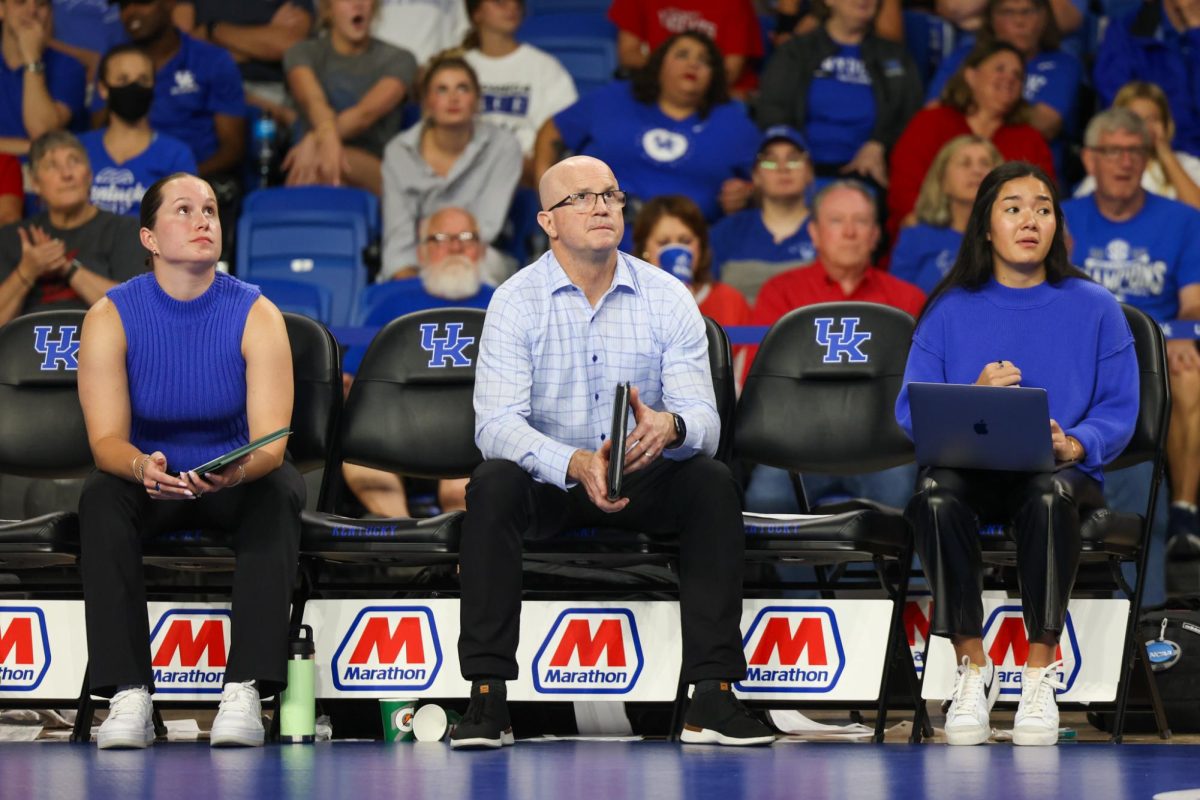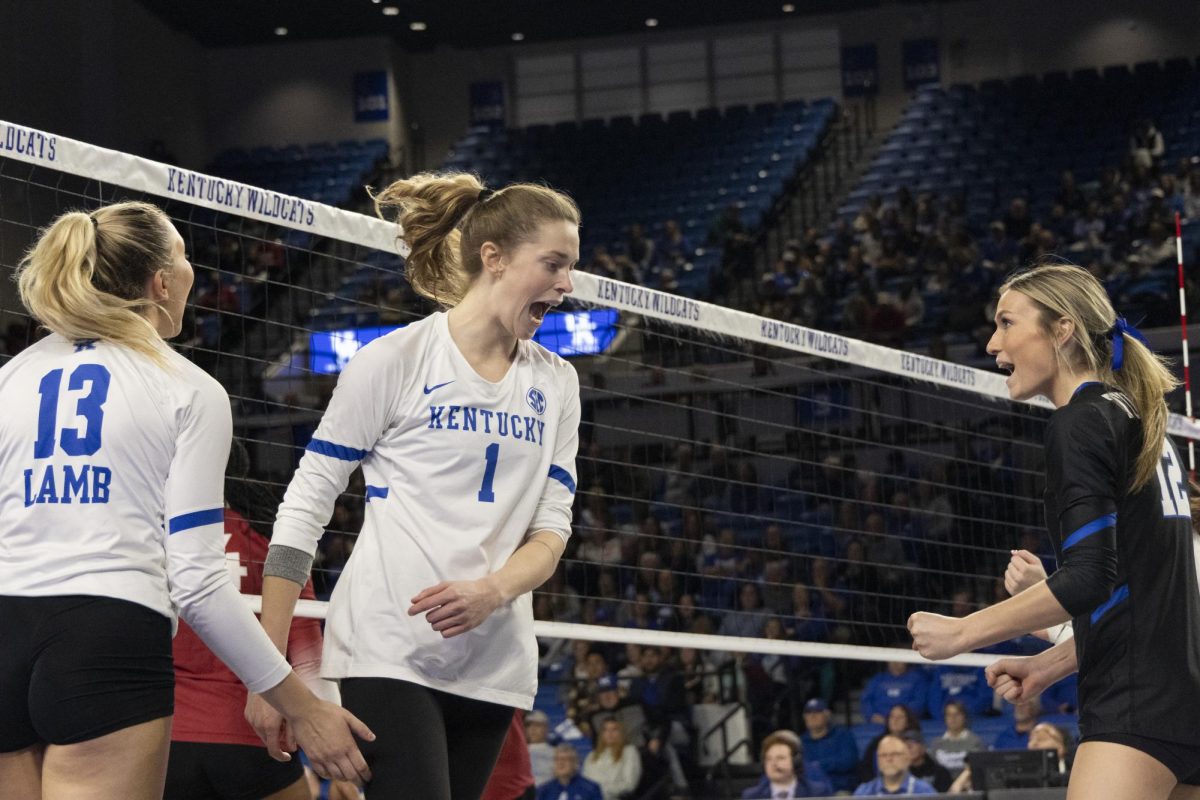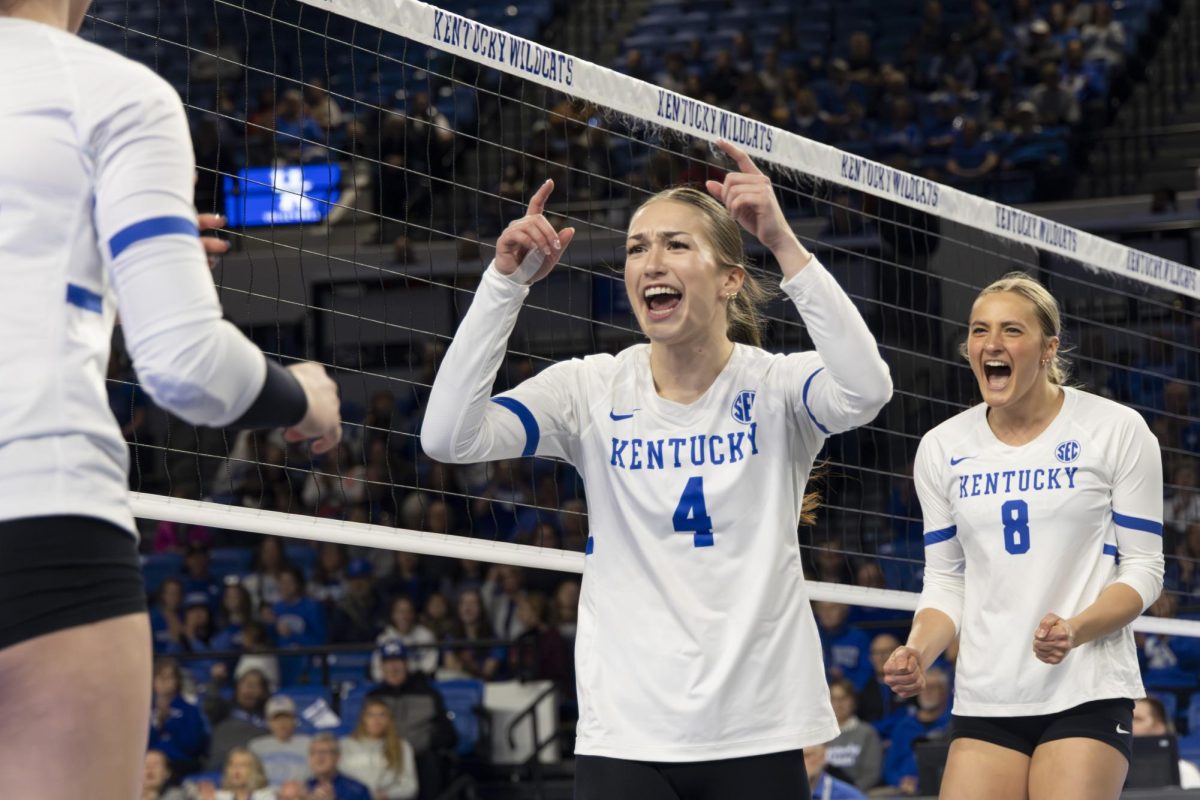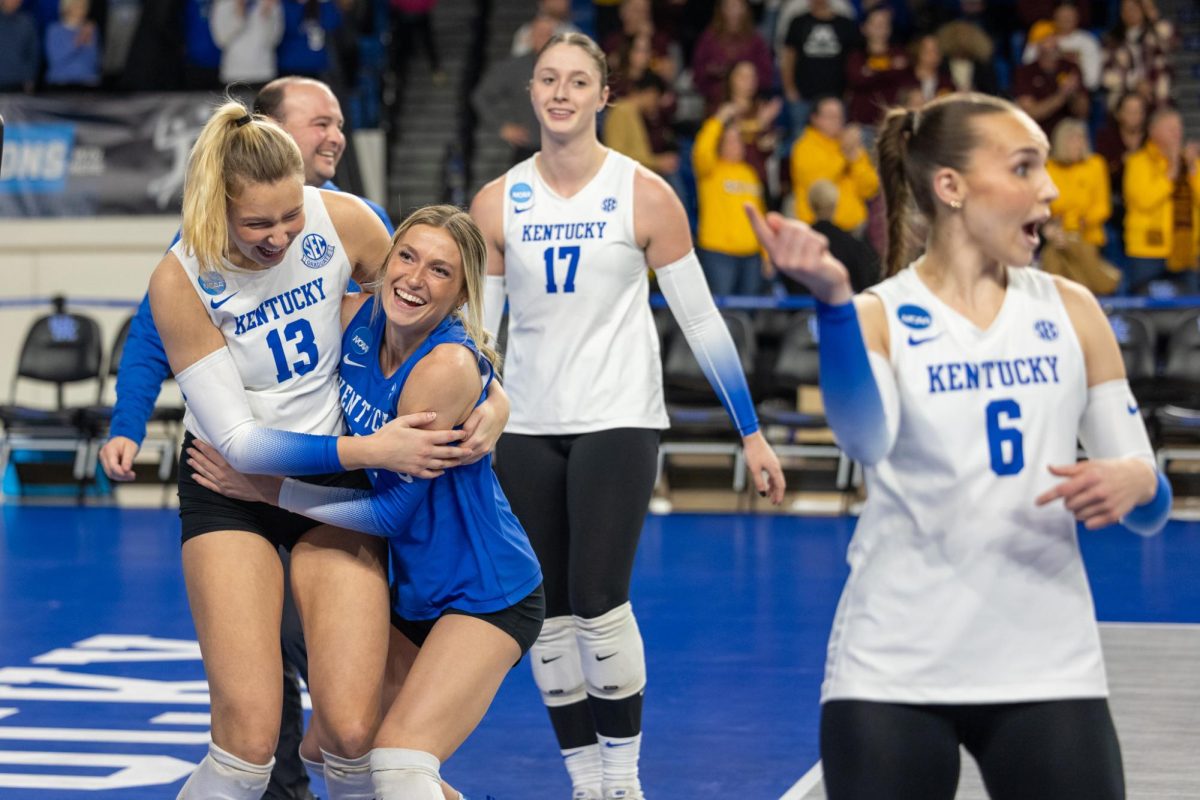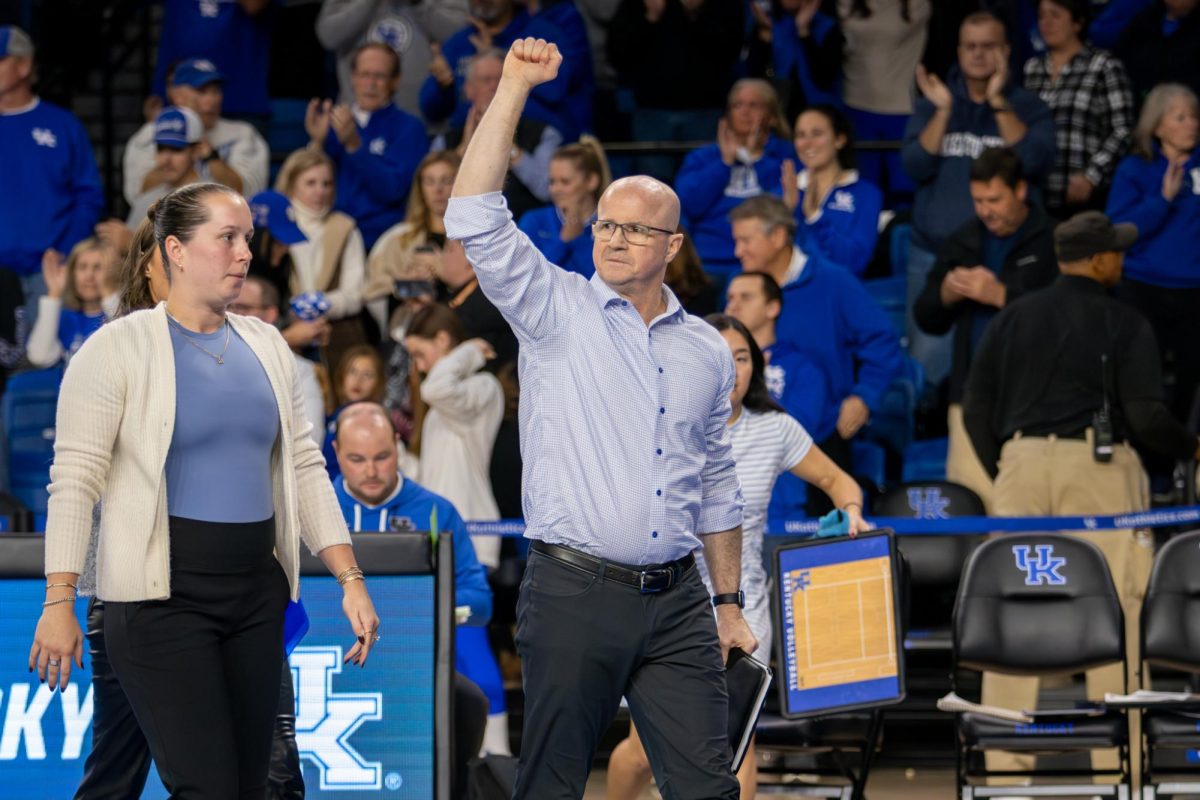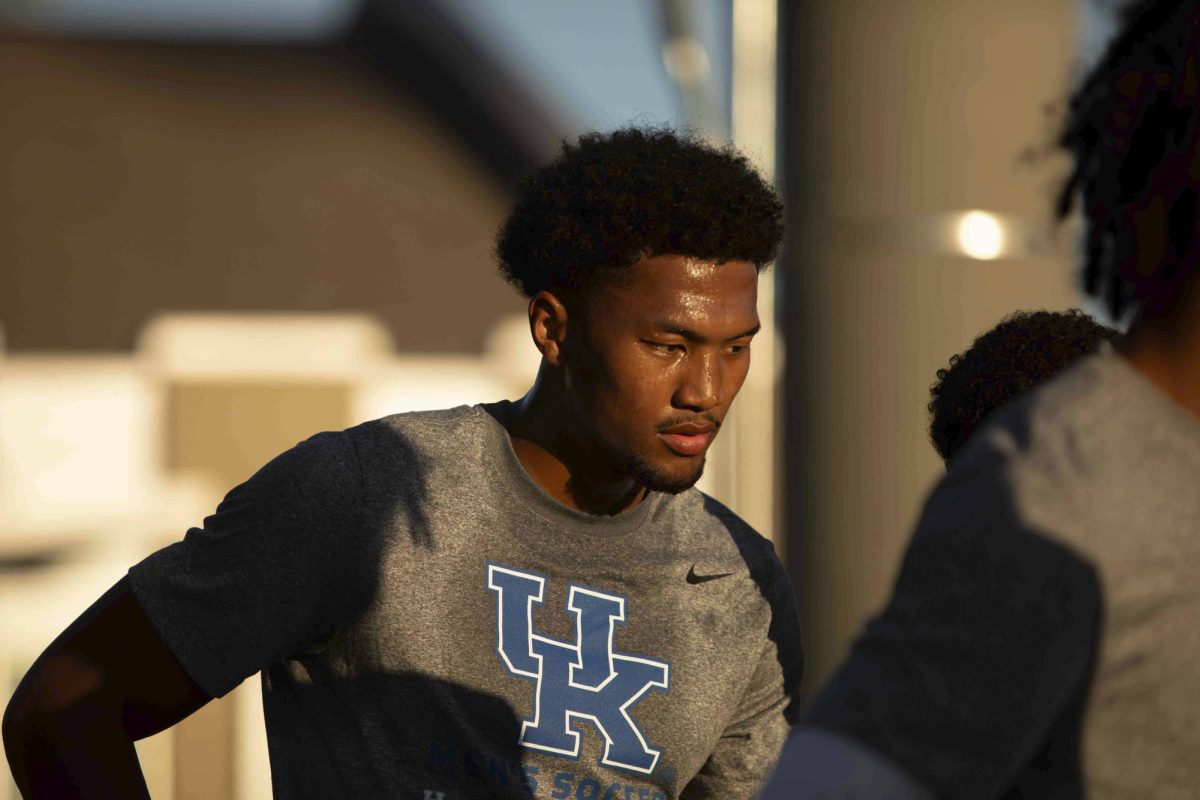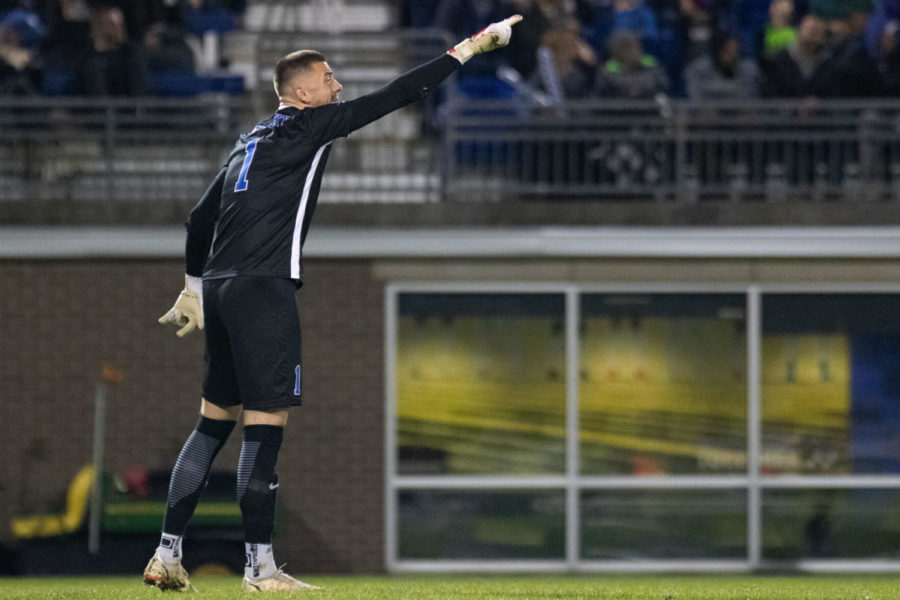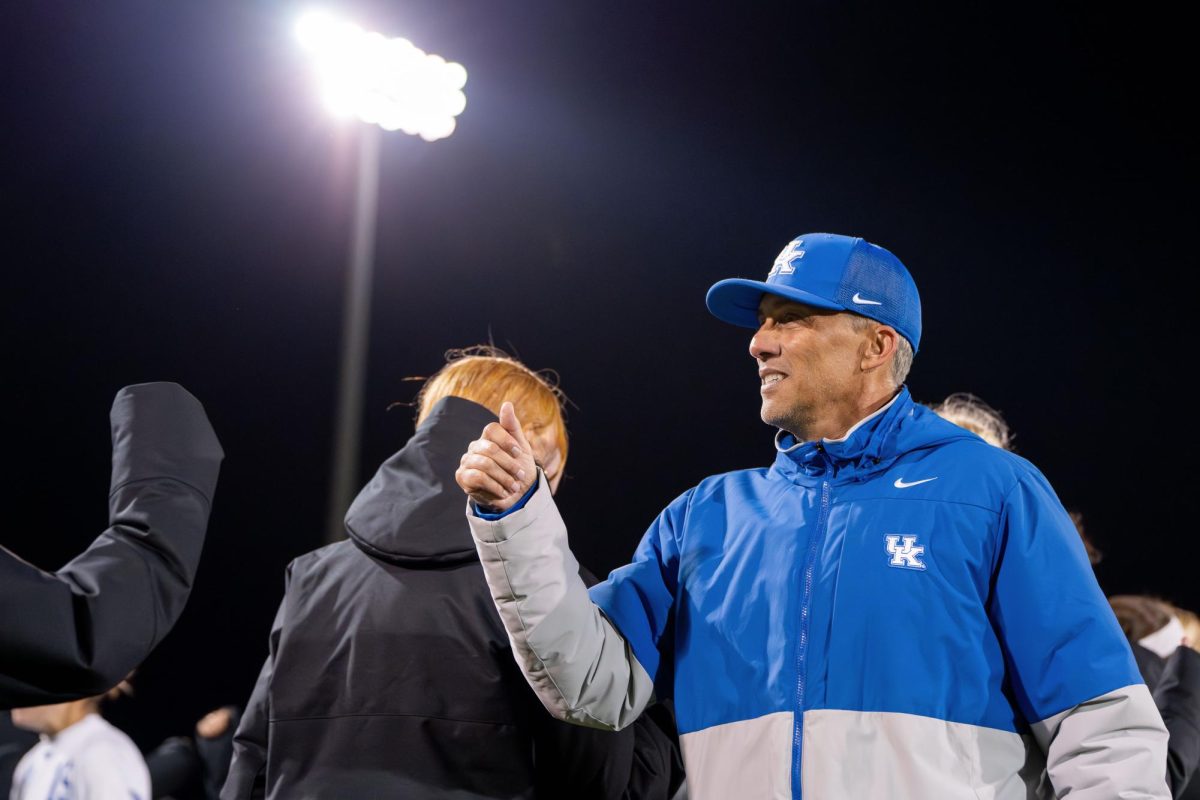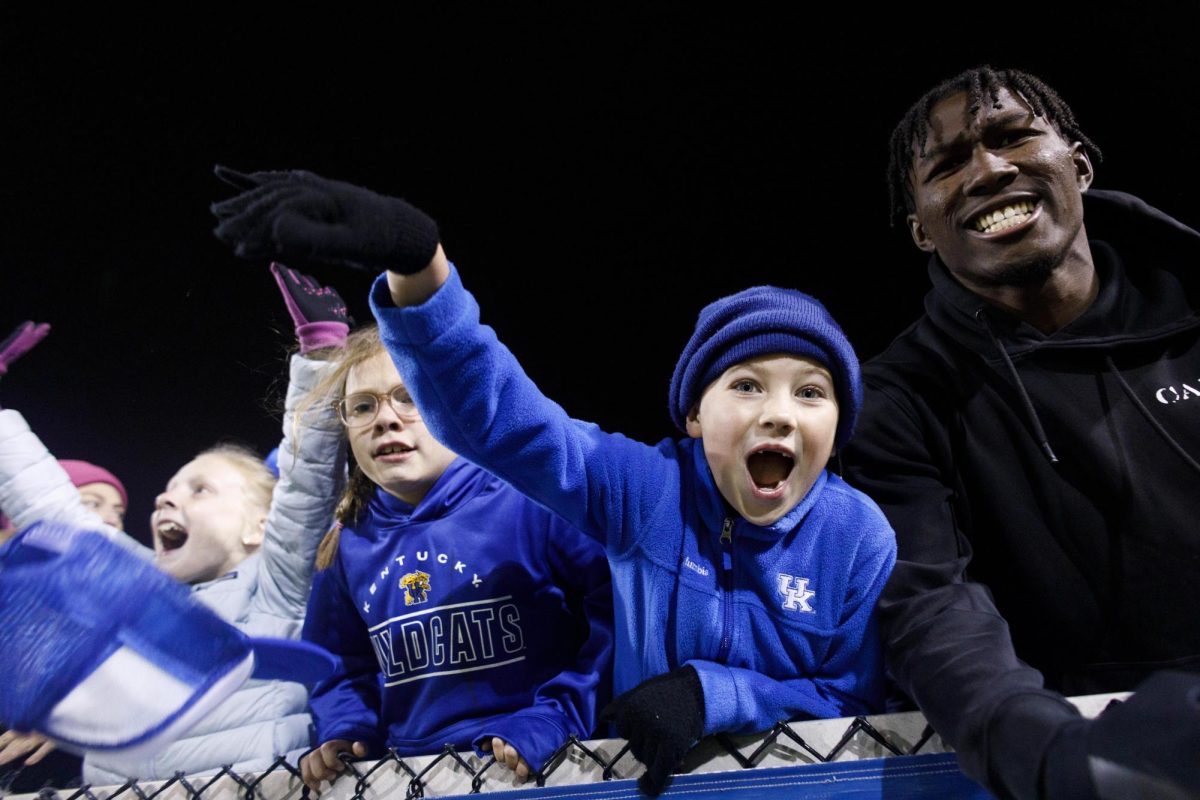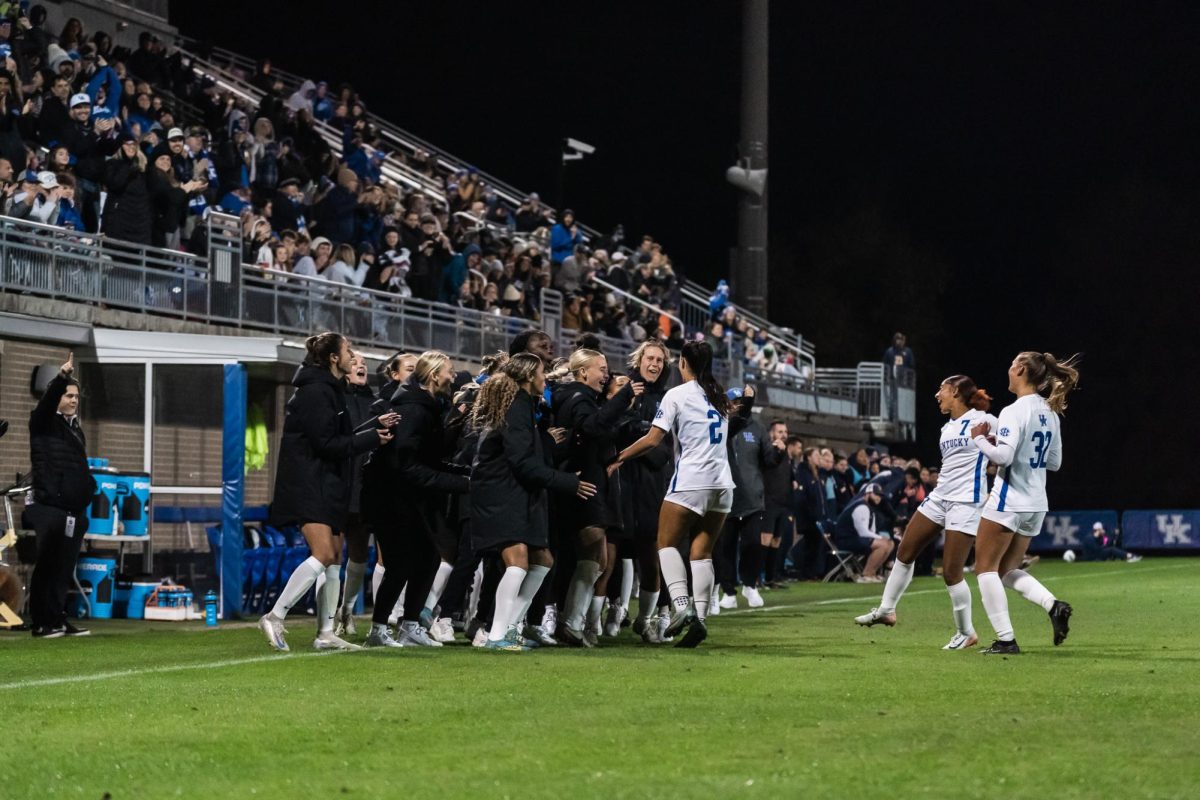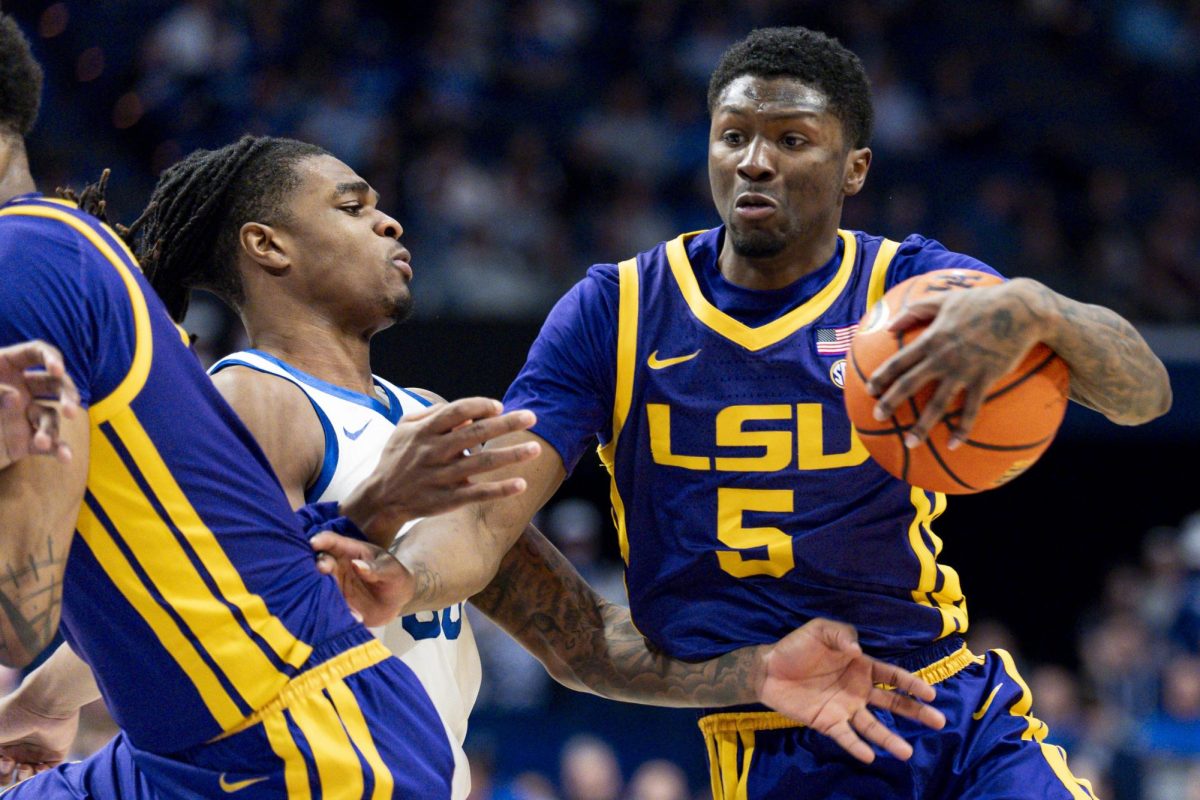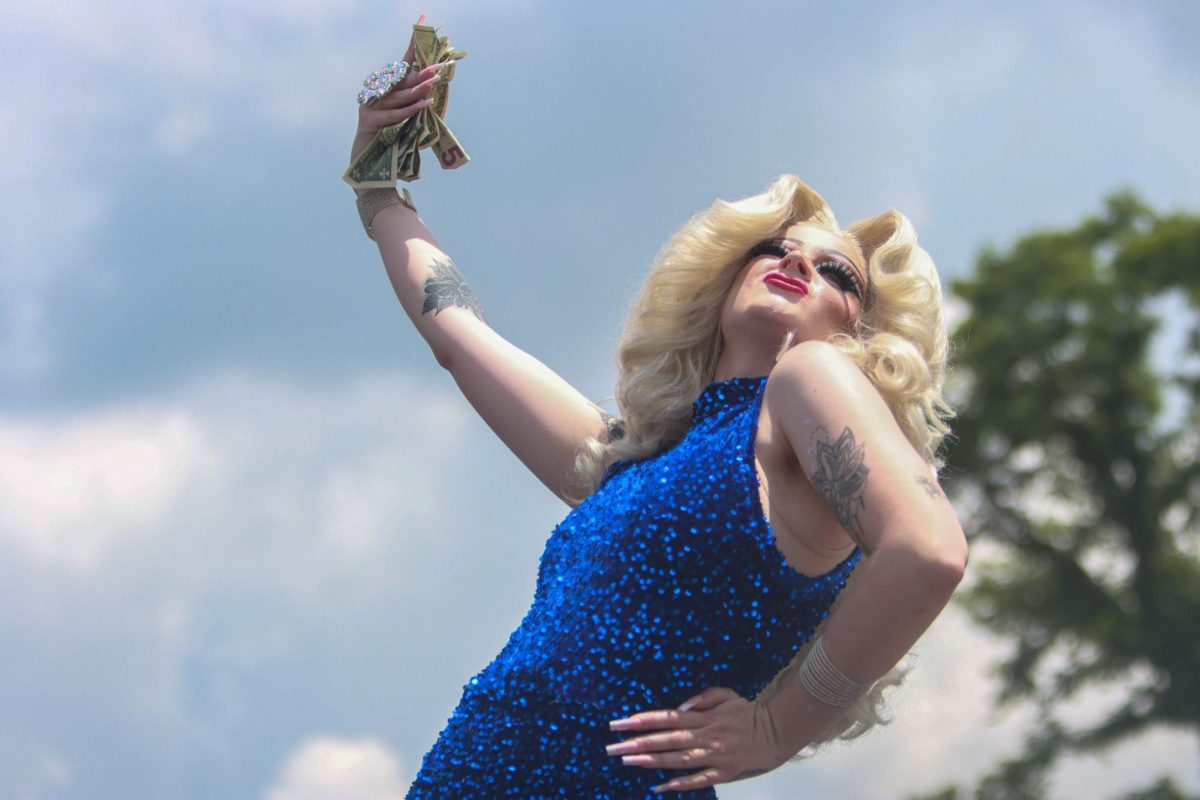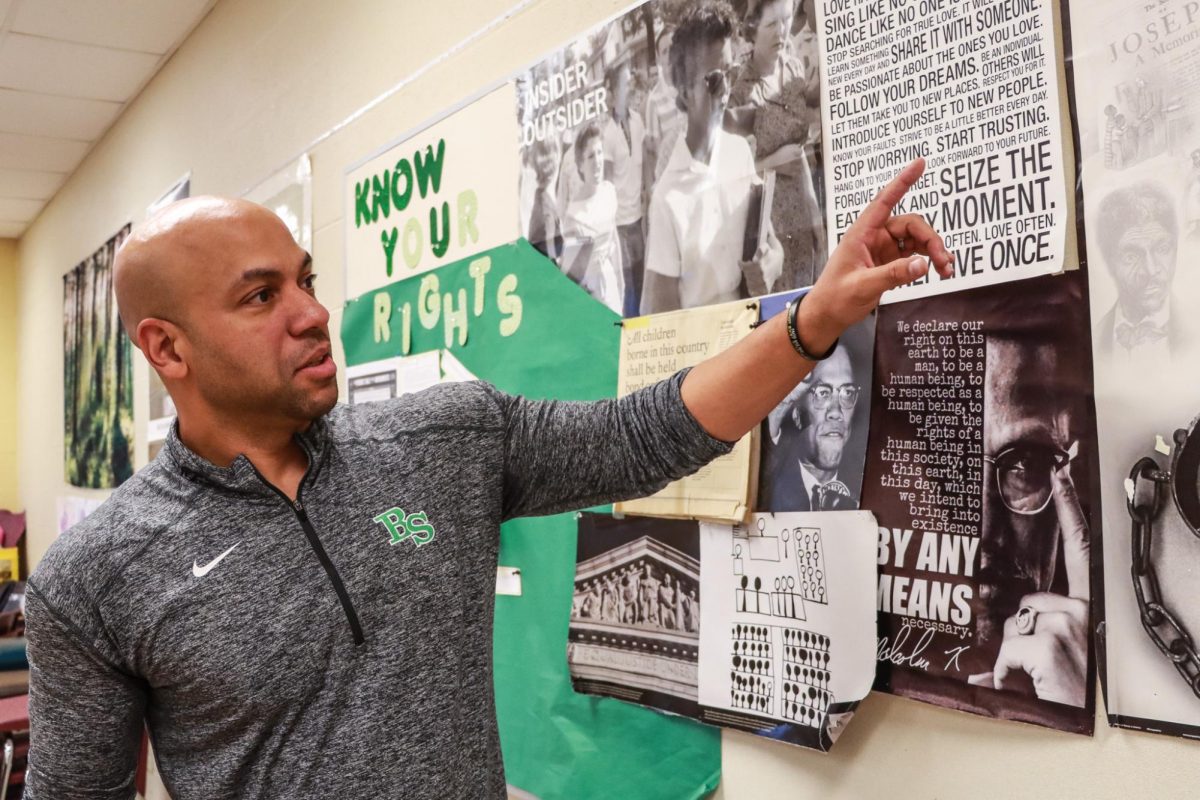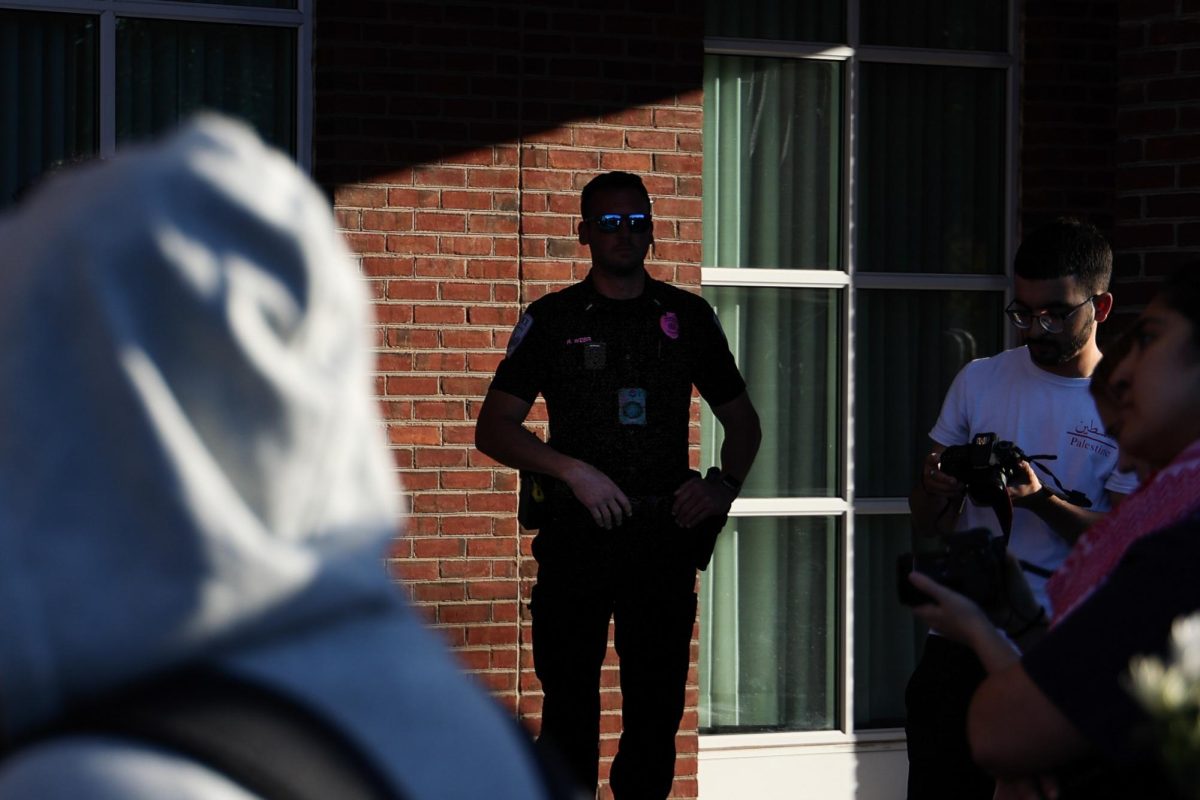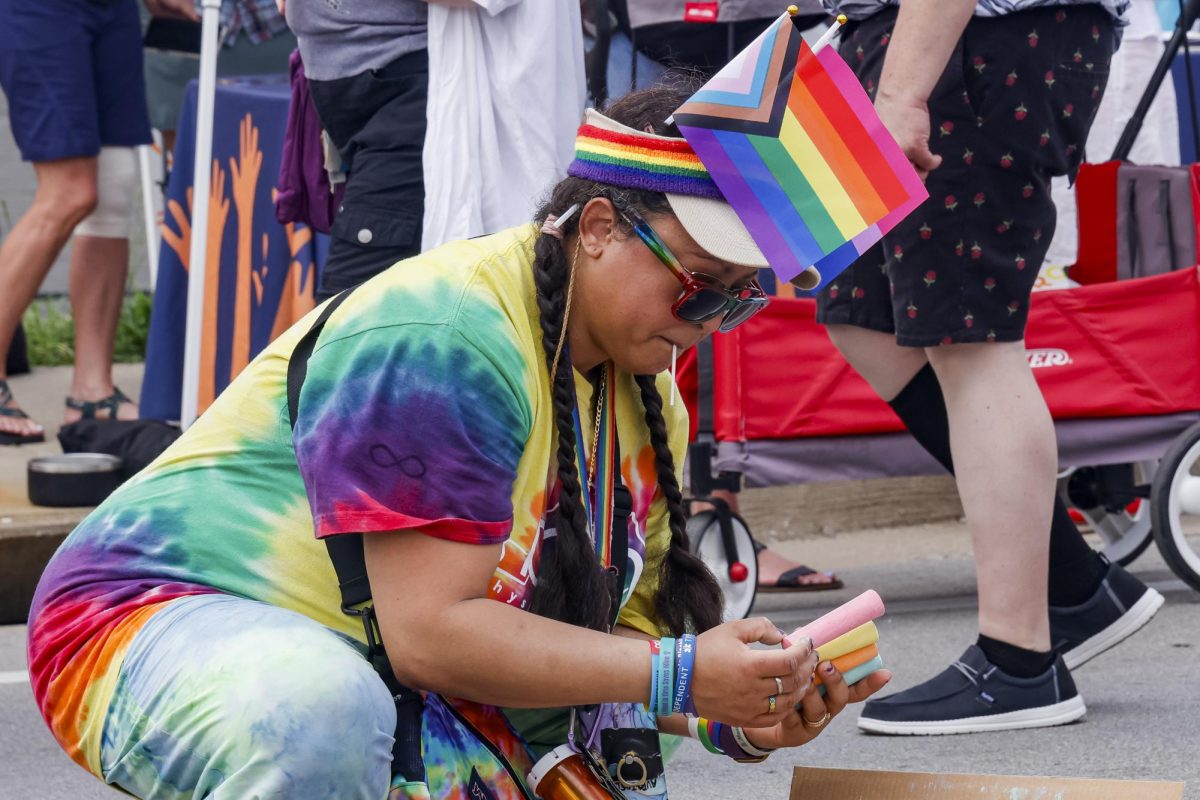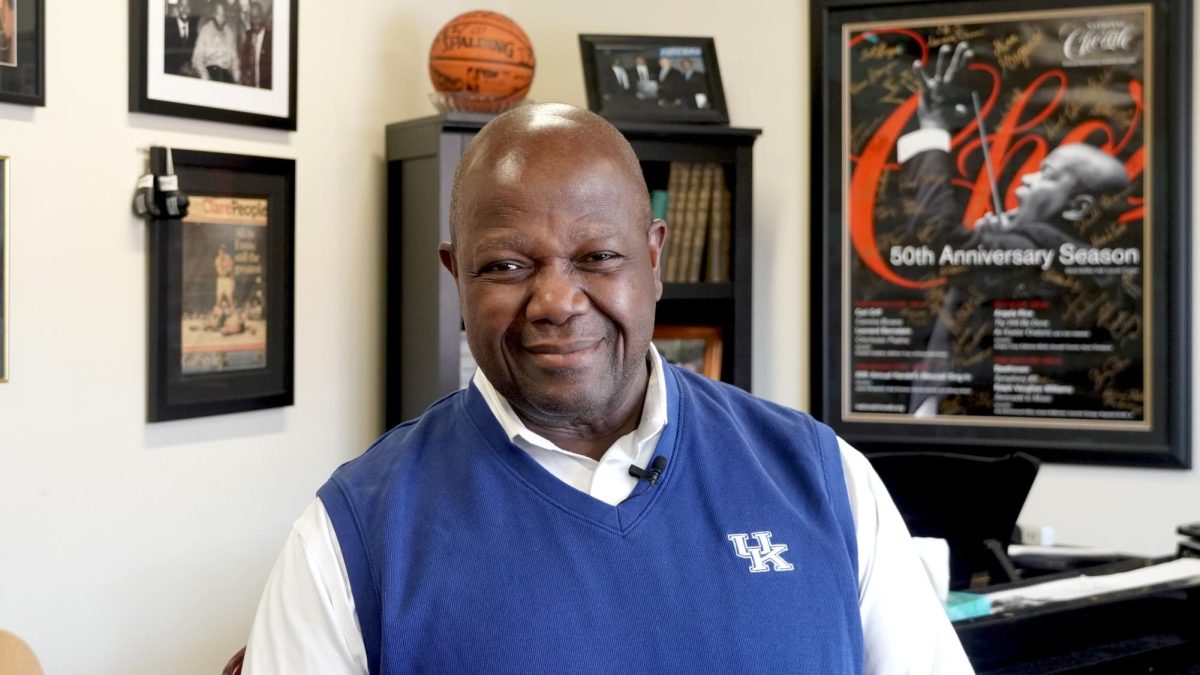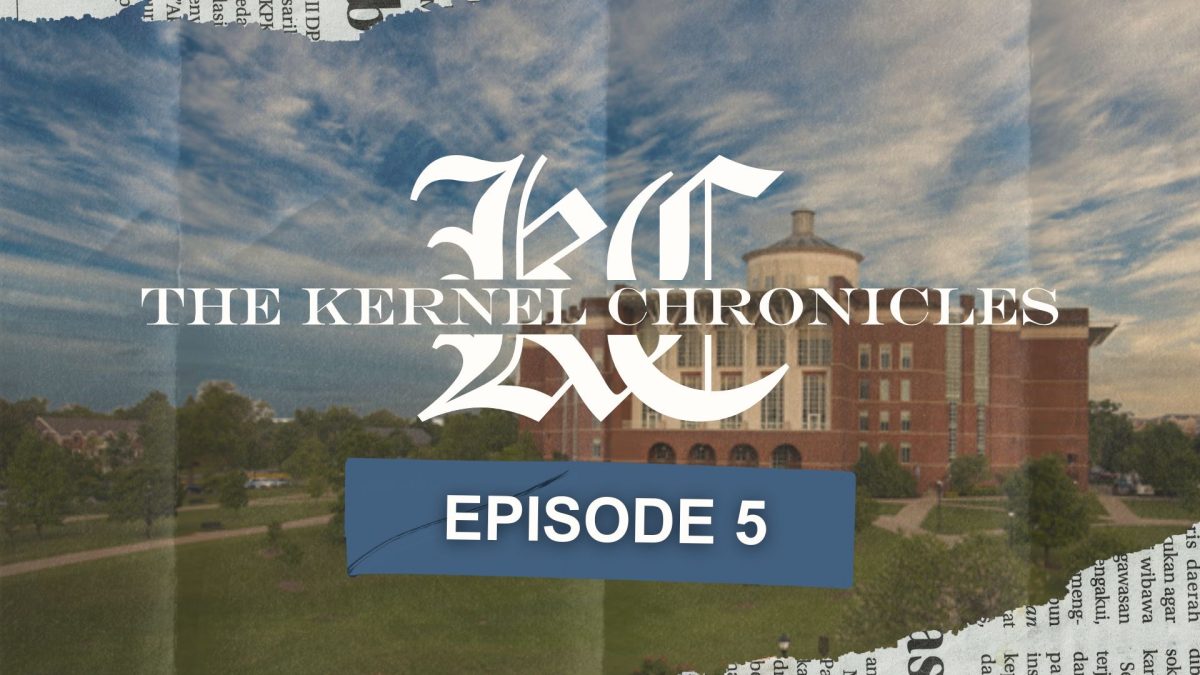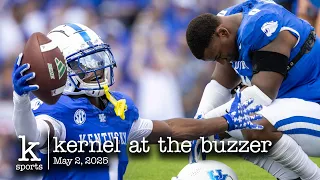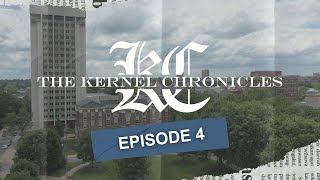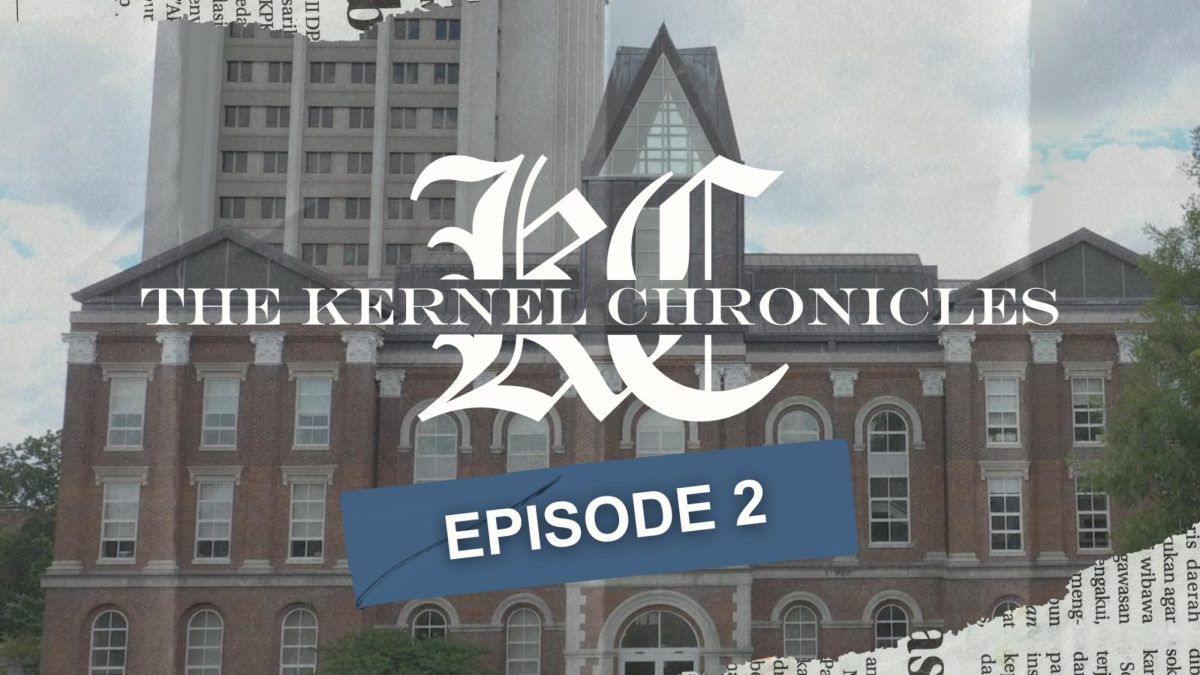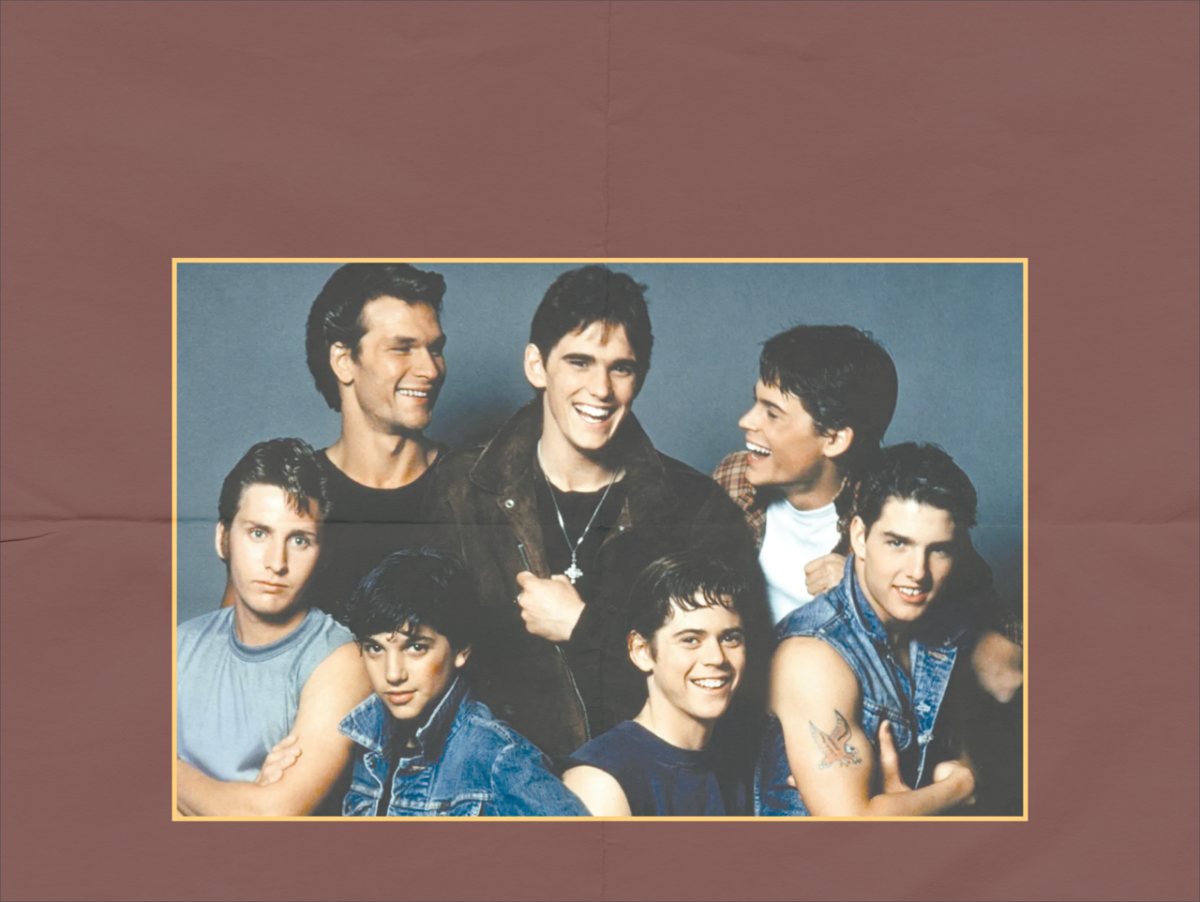“When I stepped out into the bright sunlight, from the darkness of the movie house, I had only two things on my mind: Paul Newman and a ride home,” S.E. Hinton writes in her breakout novel, “The Outsiders.”
Saturday morning detention. I remember sitting there when I read those words for the first time, blissfully unaware of the profound effect it was to have on me. My life was about to change.
Like millions of kids in the United States, I was assigned “The Outsiders” as a mandatory class reading in K-12. Unlike most of the unwitting students forced to read the novel around me, something touched my heart when I read the story, I had never felt so seen and enthralled by a novel.
My tear-stained copy still sits on my bookshelf after five years, frayed at the spine and ripped to pieces after many re-reads, but the feeling of love I feel after opening those shredded pages remains intact.
We have all felt like outsiders at one point or another, struggling to fit in with the crowd. The novel perfectly illustrates this feeling, which is why readers across the country love it so dearly.
The novel follows Ponyboy Curtis through his life in socially segregated Tulsa, Oklahoma.
In a town split between two gangs, conflict arises between the two social groups: lower-class Greasers and upper-class socialites or Socs. Despite all the turmoil between two sizable groups, the novel has an underlying theme of isolation.
The weight of societal expectations holds the characters back from being who they truly are, creating a series of characters who feel like outsiders in their personal novellas.
Even 58 years after its first publishing, the novel remains relevant due to its enduring themes of being an outsider and feeling isolated which remain constant in modern media with films such as “The Shining” or “Eternal Sunshine of the Spotless Mind.”
Modern films take on this theme of isolation, such as within “The Shining.” Societal isolation is tangible. More similar to “The Outsiders” and “Eternal Sunshine of the Spotless Mind,” the isolation is figurative. The audience has to work to find it.
“The Outsiders” mirrors reality in a uniquely eerily manner. It encapsulates the emotions we all felt as teenagers and is conveyed beautifully through Hinton’s delicate prose.
Hinton was just a teenager when she drafted the novel. At that developmental stage, our emotions run high, dramatizing minor details in our lives, but we also feel powerful, like we can save the world.
“I think that’s why it still resonates with teens, because they feel like that; your feelings are over the top. You’re feeling and seeing injustice, and you’re standing up against it, ” Hinton said in an interview with the New York Times.
The feeling of invincibility has been proved time and time again to continuously connect each generation. Every generation has an event that resonates with the feeling, such as the Newsboy strike of 1899 or the current Black Lives Matter protests.
“You still have a lot of time to make yourself be what you want. There’s still lots of good in the world,” Hinton wrote.
The novel has managed to “stay gold” even after society has developed around it, showing that if you believe in yourself, you can make a difference.
The novel has been continuously assigned, becoming a staple of classic literature taught in schools nationwide.
“The Outsiders and its core themes stand the test of time for students. Regardless of the time period or setting, the universality of the teen characters allows teachers to approach many of the ideas and issues that resonate with teens today,” according to Castle Learning.
This novel was the catalyst for my love for reading, allowing me to see myself like never before, and it will continue to do the same for kids nationwide, no matter how much time has passed.





